
A Travel Guide to the Best 20 Attractions in Vienna, Austria
A Travel Guide to the Best 20 Attractions in Vienna, Austria
I believe that everyone who enjoys travel wants to visit Vienna at least once in their lifetime, while more visits would be even more ideal. We at least intend to come back eventually. We are fully subjugated by the metropolis.
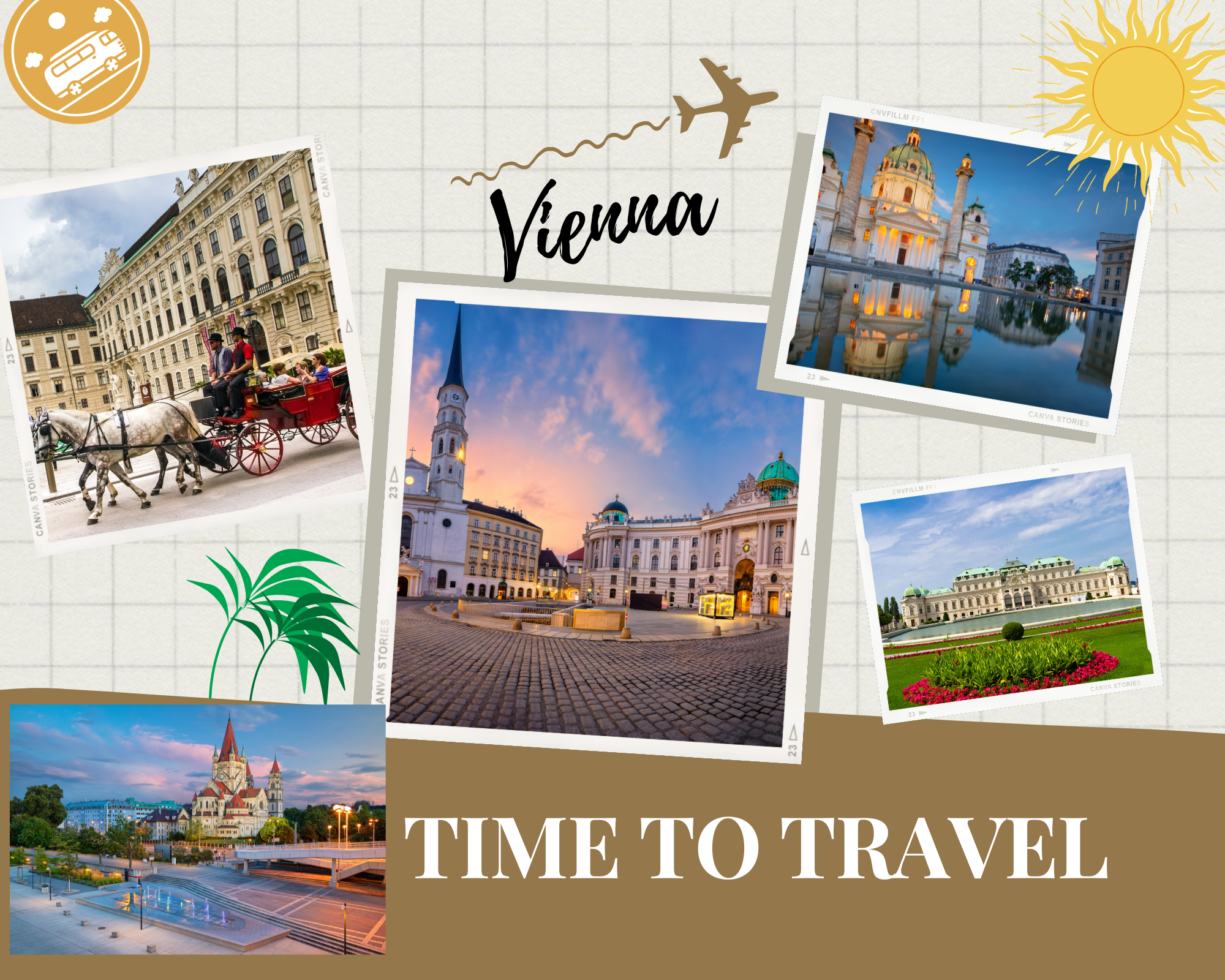
Photo Source : traveldreamdiary.com
General Informations
One of Austria’s nine states, Vienna serves as both the country’s capital and largest metropolis. Vienna is the political, economic, and cultural hub of Austria, home to around 2 million people (2.6 million in the metropolitan region, or nearly one-third of the nation’s total population). In terms of population living inside city limits, it is the sixth-largest city in the EU. Fast Advice Temperature: In Austria, July and August are the busiest months for summer travel. The best times to go on a winter holiday are between December and March.
Language: The official language is German.
Currency: Euro
Food Prices: Meal in a cheap restaurant=12 EUR, Meal for 2 People, Mid-range Restaurant=50 EUR
You can find more information about the visa here.
Disclosure: Some of the links below are affiliate links, which means that if you click through and make a purchase, I will receive a fee at no extra cost to you. Click here to view our complete affiliate disclosure.
Things to do in Vienna
We knew that after breakfast the following day would be very demanding, so that night we stayed in silence at the hotel to recuperate. Vienna has a lot to offer, but we only have time to explore it in the morning and the afternoon before we have to travel four hours back to Munich. We created a map of the city’s attractions as a result, which really aided in our ability to plan our route and tasks. It served a very practical purpose. We visited the city center after breakfast, and the Anchor Clock was the first sighting for tourists.
Anker clock
The Ankeruhr is a sizable music box located in Vienna’s old center at the Helvetia Insurance House, 10–11 Hohen Markt. The anchor clock is a well-liked tourist destination and is regarded as one of the best examples of Art Nouveau design.Between the two sections of the Anker Insurance Company’s structure, the Anker Clock serves as a bridge. Twelve historical figures or pairs of figures cross the bridge during the course of twelve hours. With music from their respective eras, all of the figures march daily at noon. Every day at 5 p.m. during the Advent season. Carols for Christmas.
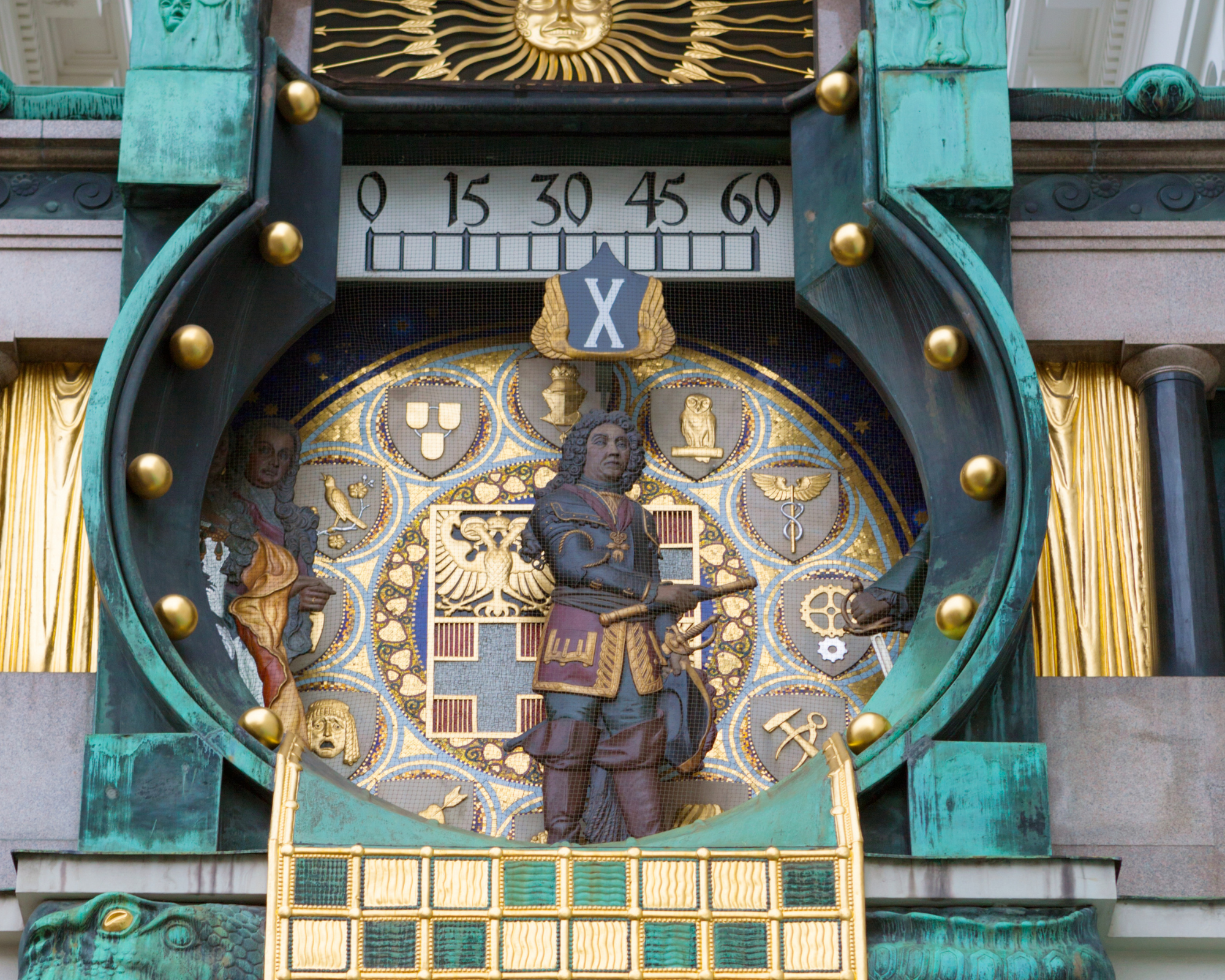
Photo Source : traveldreamdiary.com
After that, we strolled through Vienna’s lovely streets until we arrived at St. Stephen’s Cathedral. These are a few photos we took on our route to the cathedral.
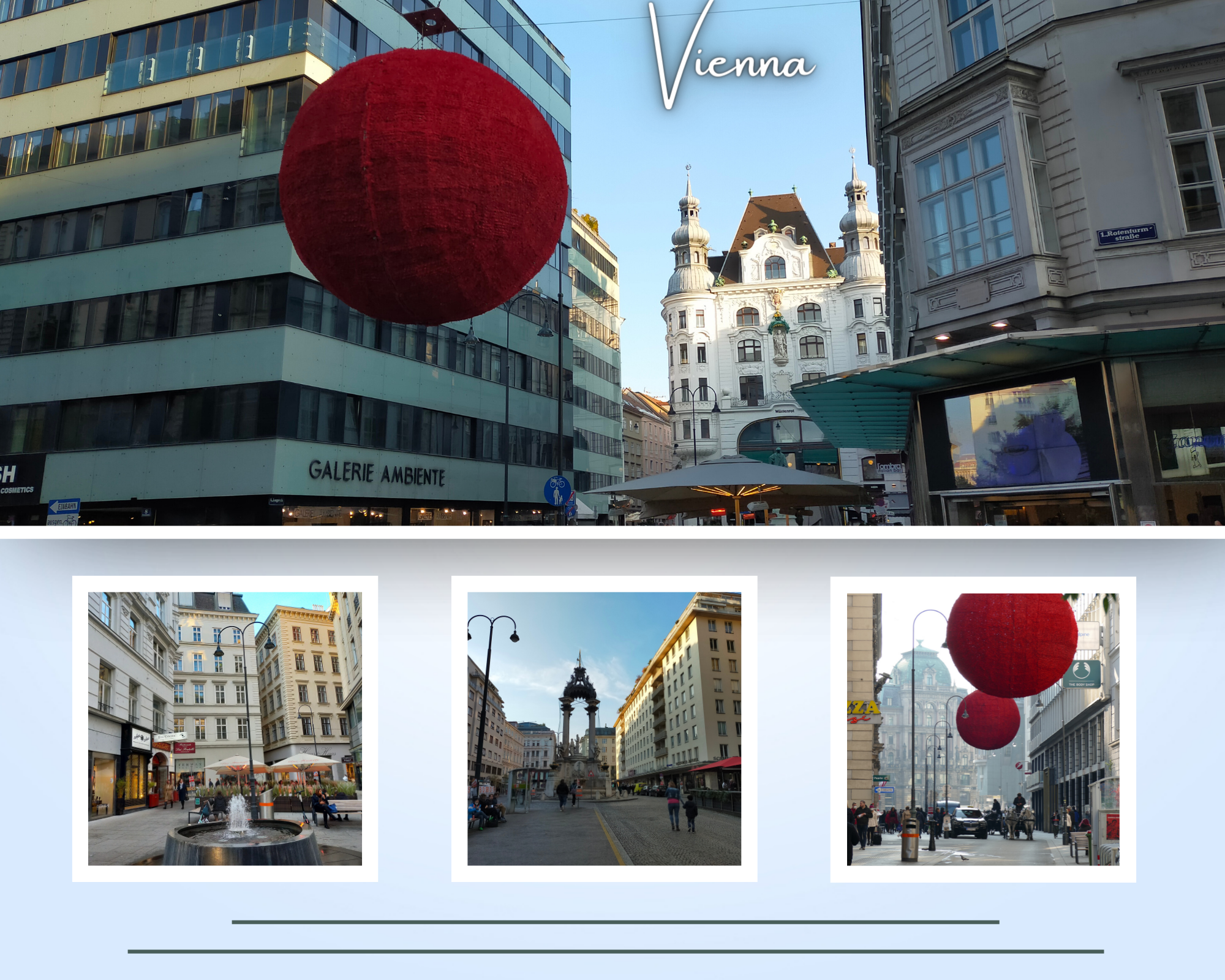
Photo Source : traveldreamdiary.com
St. Stephen's Cathedral
Located on Stephansplatz in Vienna, St. Stephen’s Cathedral has served as the Metropolitan Church of the Archbishop of Vienna from 1723 in addition to being a cathedral since 1365 and 1469/1479. The Roman Catholic cathedral, sometimes referred to as the Austrian national shrine and affectionately known as Steffl by the locals, is a symbol of Vienna.Not only is St. Stephen’s Cathedral the most significant Gothic structure in Austria. There is much more to the Steffl, as it is lovingly called in Vienna. It is a landmark, an identification symbol, and an integral part of the Republic’s post-World War II rehabilitation.
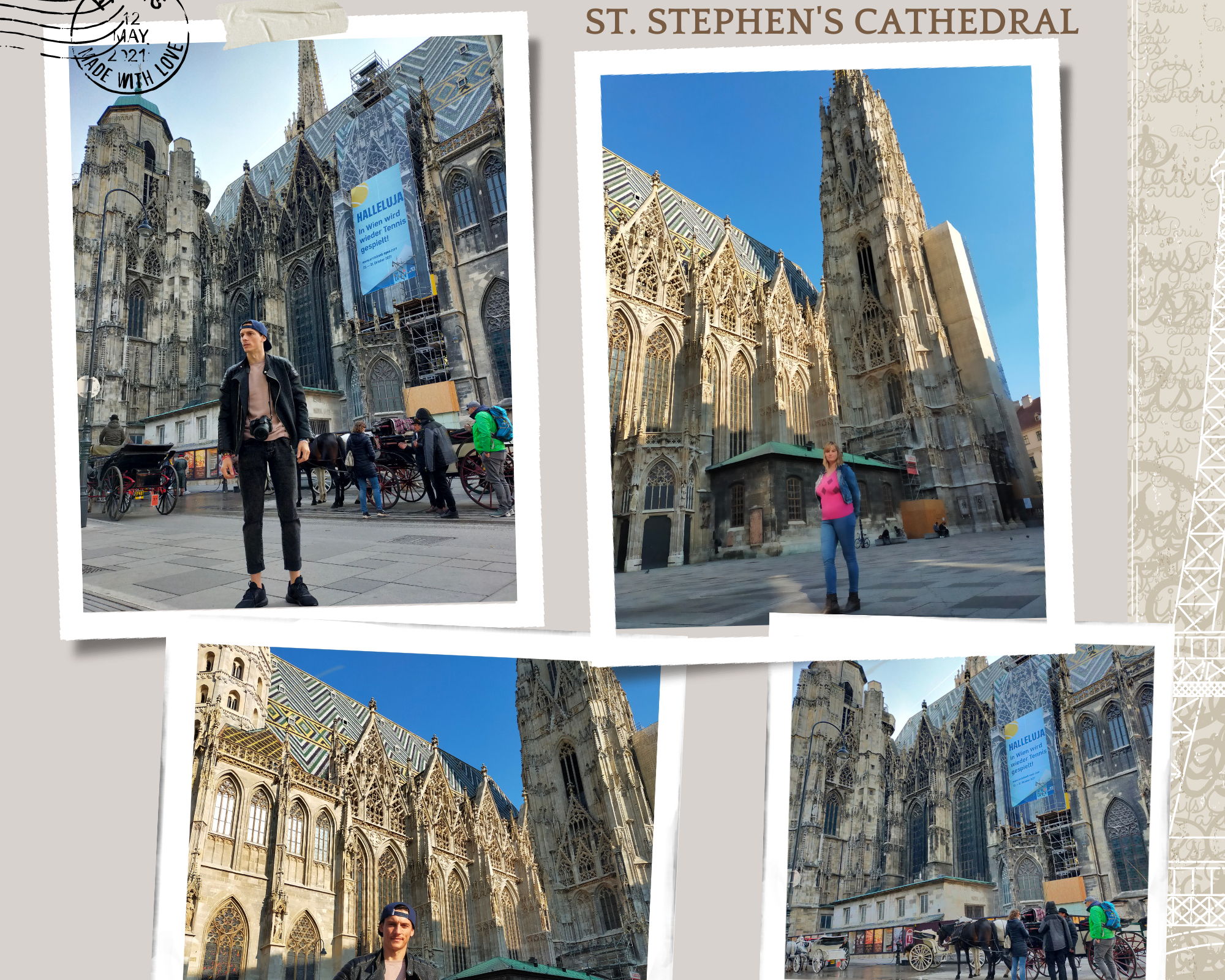
Photo Source : traveldreamdiary.com
Vienna Plague Column
Next, we made our way to the Vienna Plague Column, a Holy Trinity column located on the Graben in the heart of Vienna. It was constructed following the 1679 plague pandemic and dedicated on October 29, 1693. One of the city’s most well-known and unique sculptures is the 21-meter-tall baroque column.
One of the final major plague outbreaks struck Vienna in 1679. Leopold I, the Habsburg emperor, fled the city and promised to build a mercy column if the disease stopped. Johann Frühwirth’s temporary wooden column, which included nine sculpted angels and the Holy Trinity on a Corinthian column, was inaugurated the same year.
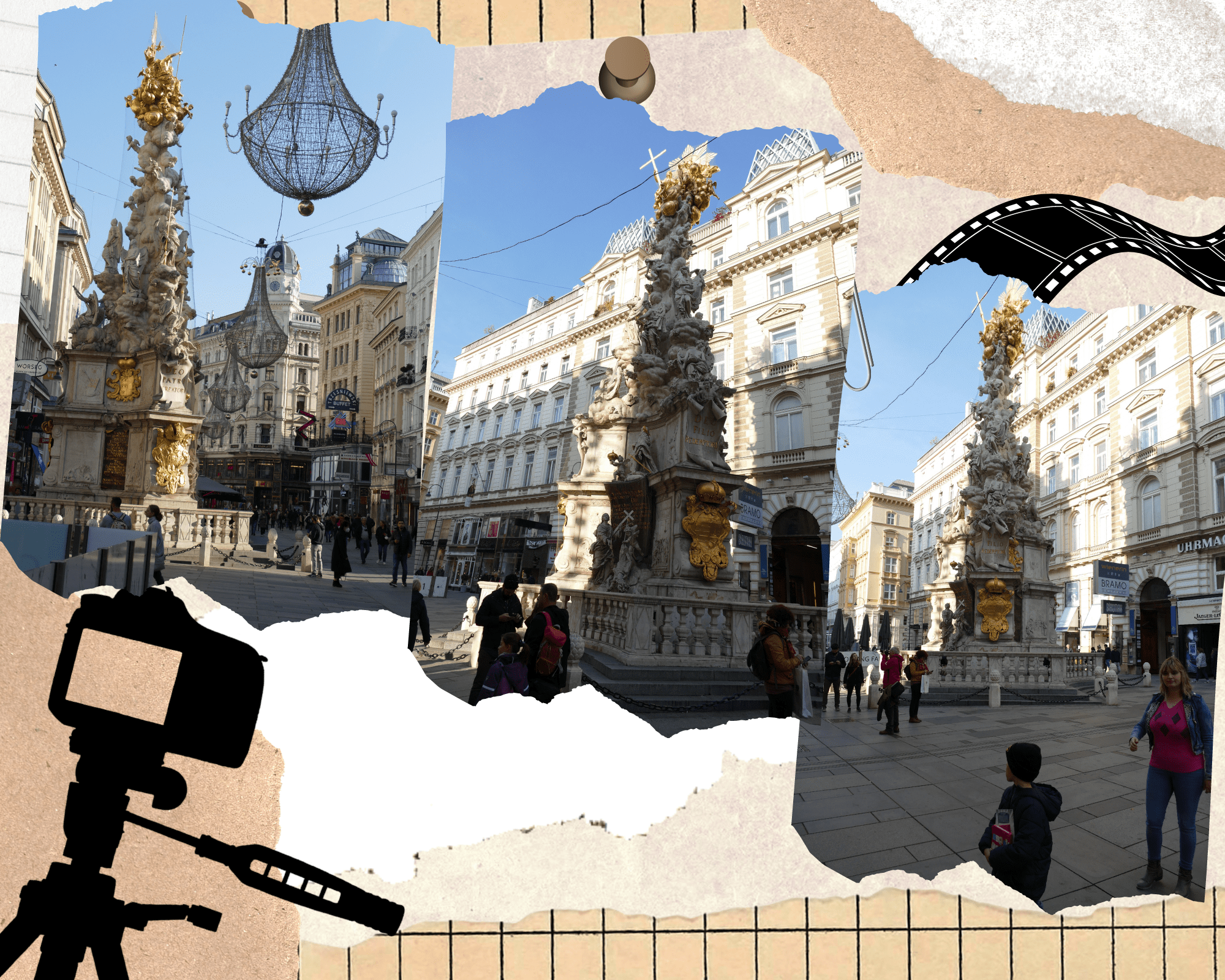
Photo Source : traveldreamdiary.com
Hofburg
We then traveled to Hofburg, a popular tourist destination. The Habsburgs lived in Vienna’s Hofburg from the thirteenth century until 1918. It has served as the Austrian Federal President’s official home since the end of 1946. It houses the Federal Monuments Office, several museums, and the majority of the Austrian National Library.As part of the Kaiserforum, which was never finished, the palace faces the Heldenplatz (Heroes’ Square), which was ordered during the reign of Emperor Franz Joseph I.
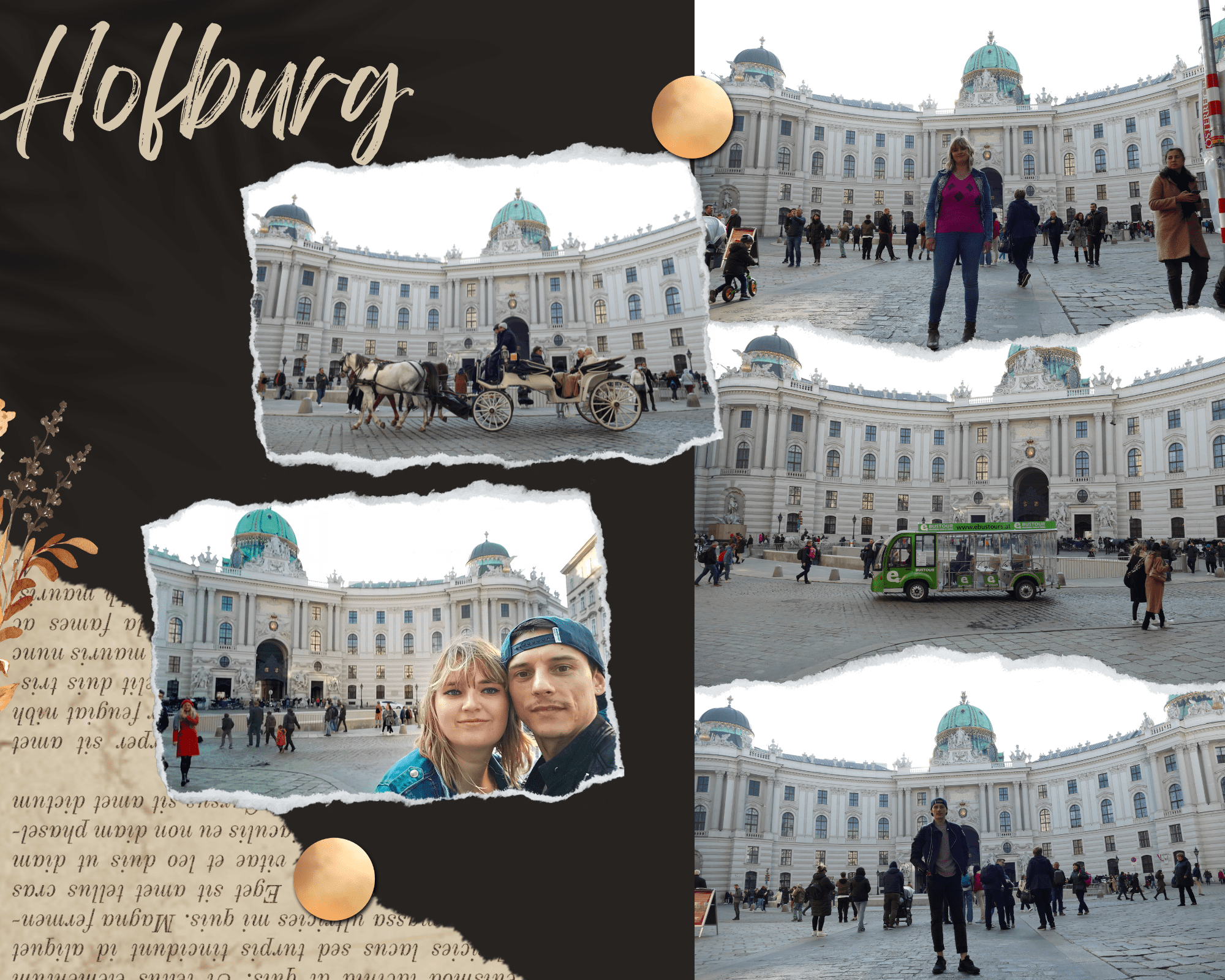
Photo Source : traveldreamdiary.com
Heldenplatz
The Heldenplatz is a historic area in Vienna that is part of the Hofburg’s grounds. The Bundespräsident of Austria resides in the adjacent part of the Hofburg, while the Bundeskanzler is located in the Ballhausplatz, which is connected to the Heldenplatz. The Heldenplatz behind the Volksgarten is still open because it was not constructed as part of the Kaiserforum’s planned Nordwesttrakt of the Neuen Burg. That’s the Austrian National Library behind us!
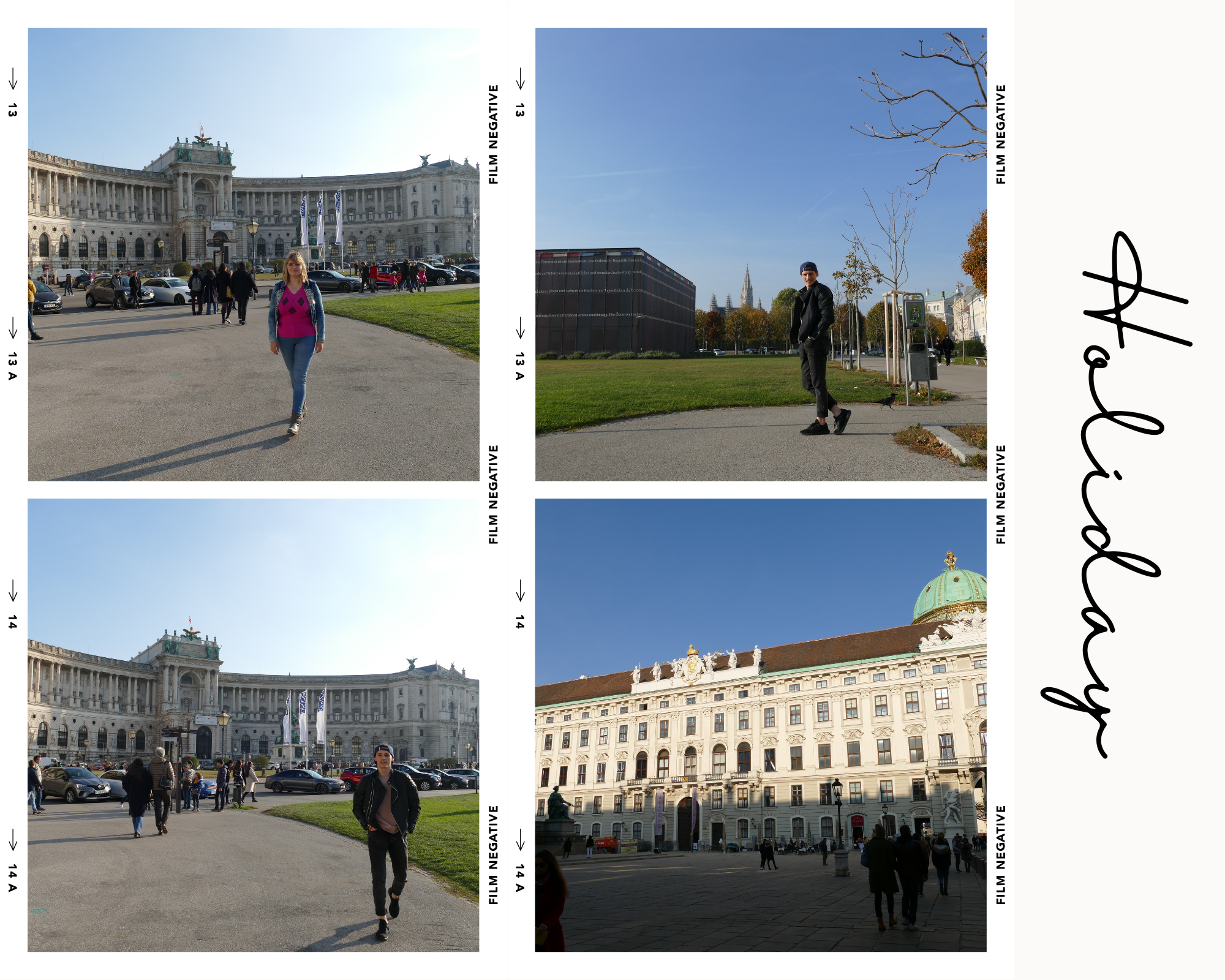
Photo Source : traveldreamdiary.com
Volksgarten
The Volksgarten, an official park located on the Ringstraße in 1. Wiener Gemeindebezirk Innere Stadt, was our next destination.In 1863, the Volksgarten was enlarged to the newly constructed Ringstrasse by tearing down the ramparts, and the Rose Parterre was established. After the Lion Bastion was demolished and the Empress Elisabeth monument was erected in its stead starting in 1905, more redesigns were carried out in 1873. It was a nice place to visit because it has beautiful trees and plants, and the park provides great views of the various nearby tourist attractions:
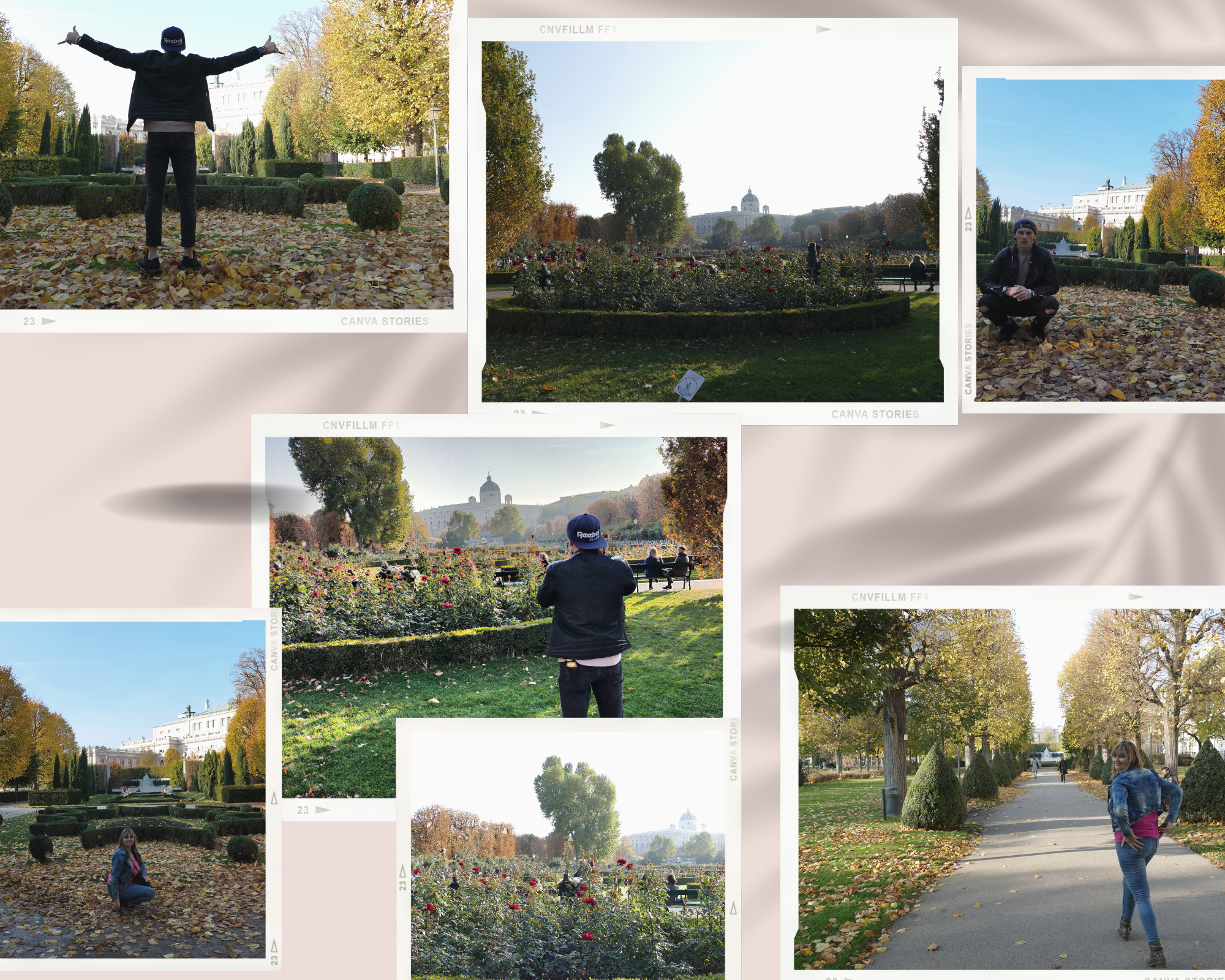
Photo Source : traveldreamdiary.com
Karlskirche
The Karlskirche is a listed structure that dates back to the first part of the eighteenth century. One of Vienna’s most notable baroque church structures and a landmark, it is situated on the south side of the busy Karlsplatz in the city.The two enormous columns and the large dome make the outside architecture stand out. The latter, which Emperor Charles VI constructed in the early 18th century and dedicated for Saint Charles Borromeo, has reliefs and golden imperial eagles that provide insight into the church’s history in relation to the disease.
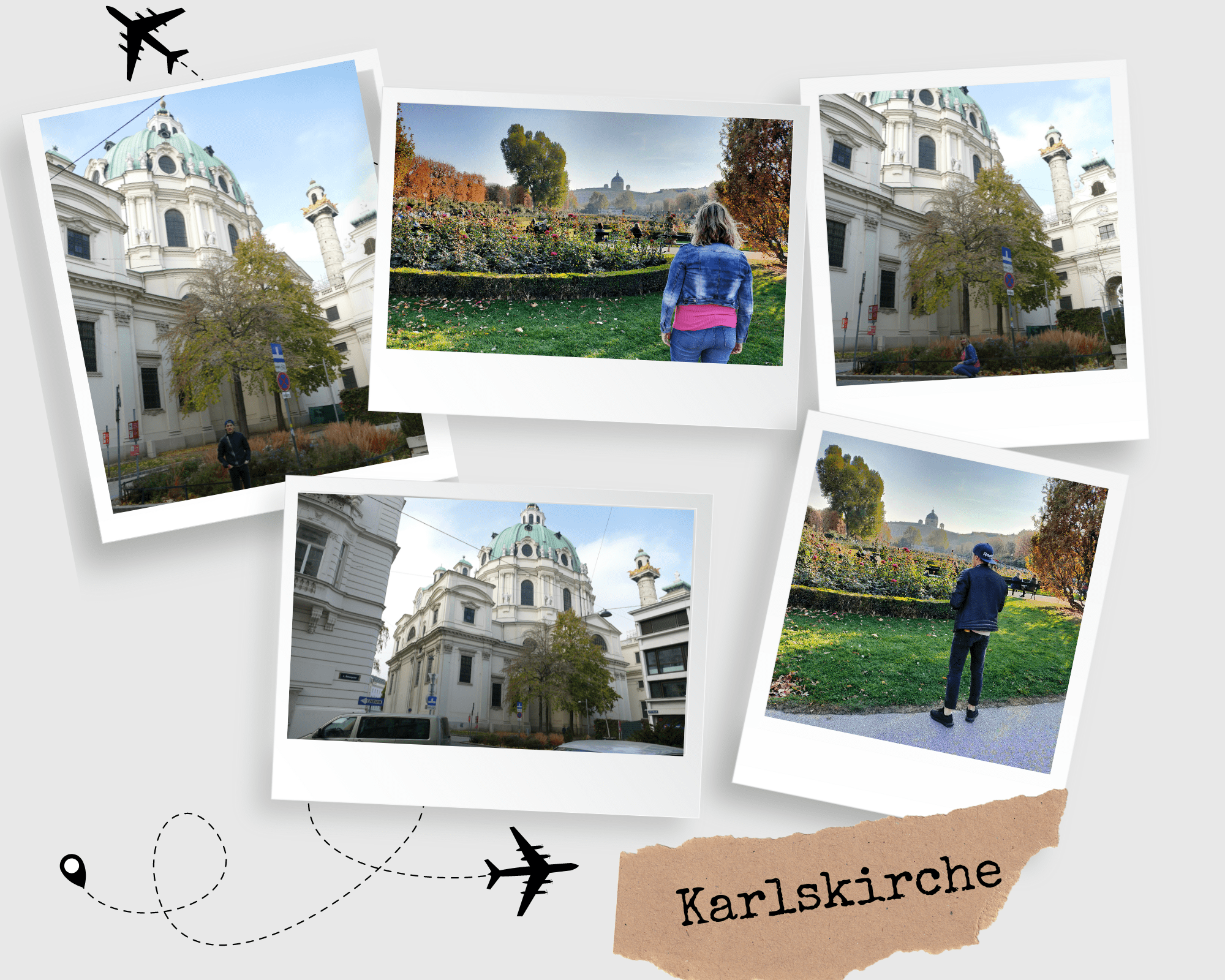
Photo Source : traveldreamdiary.com
Rathausplatz
The Inner City, Vienna’s first district, is home to Rathausplatz. Named for the Vienna City Hall that was constructed here. It’s regarded as one of the most significant squares in the heart of Vienna because of its size, layout, and the buildings that encircle it.The Christkindlmarkt is Vienna’s and Austria’s most famous Christmas market, and it runs from mid-November to late December. In order to create a more expansive seasonal scene, the Rathaus park also fills with lights and other winter delicacies. Numerous vendors offer a variety of seasonal snacks, including Christmas punch and roast chestnuts, as well as arts, crafts, decorations, and toys.
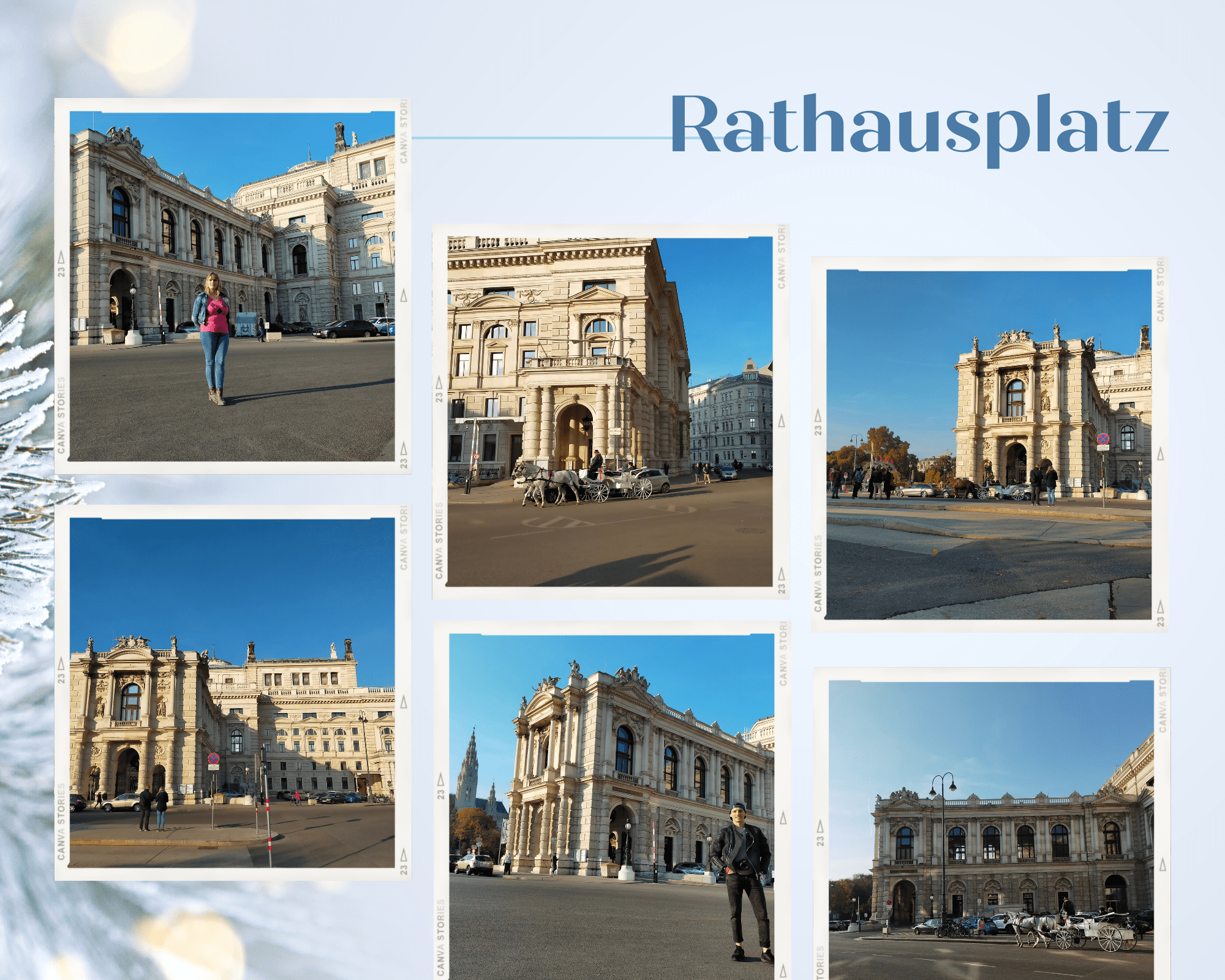
Photo Source : traveldreamdiary.com
Belvedere
We returned to the car after this and drove to Belvedere, which was really amazing. It is only upon witnessing these tourist sights that you truly experience utter joy at having been able to visit them. Johann Lucas von Hildebrandt constructed the Belvedere Palace complex between 1714 and 1723 for Prince Eugene of Savoy. With the linking gardens, the Upper and Lower Belvederes create a baroque ensemble.
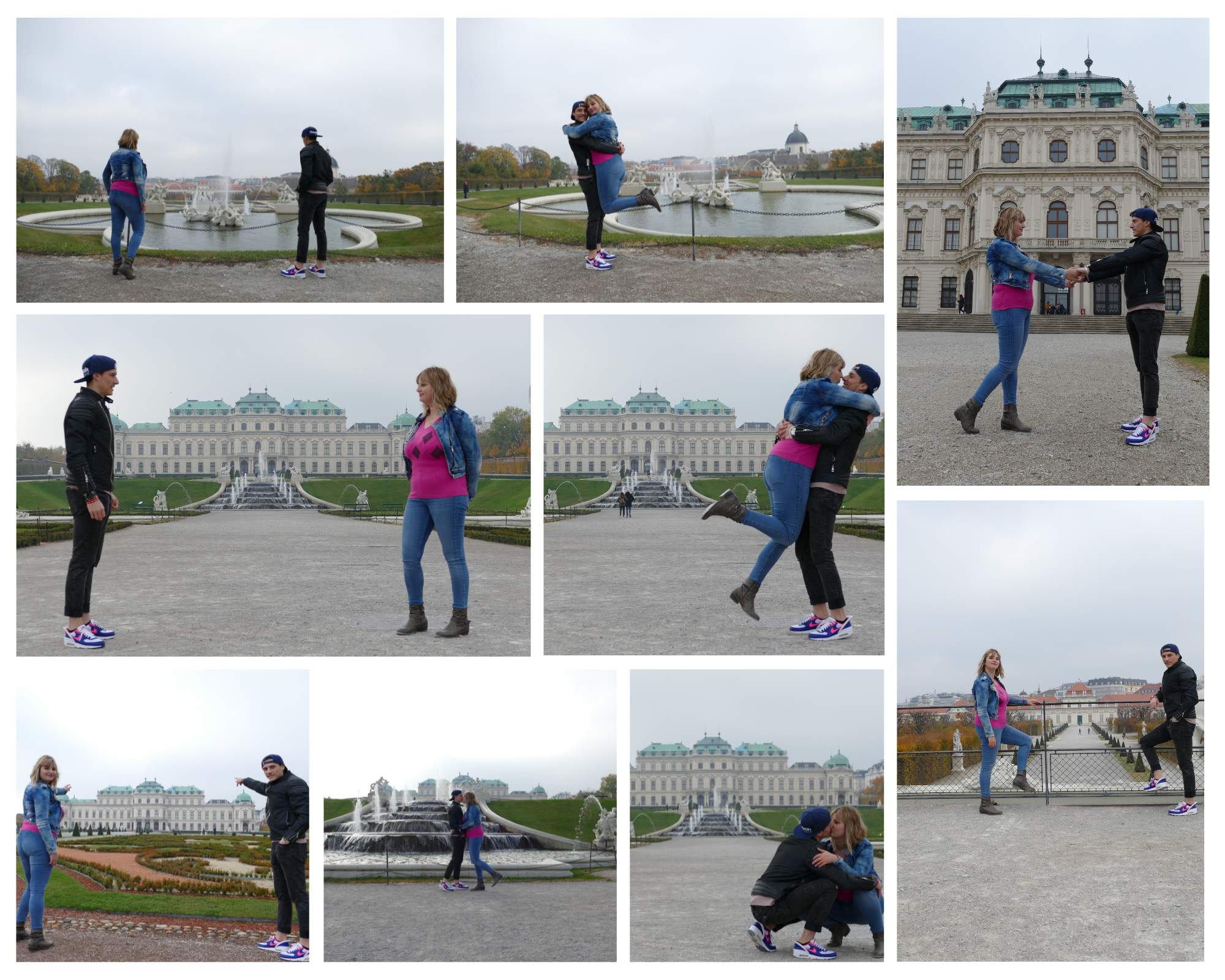
Photo Source : traveldreamdiary.com
After exploring the magnificent Belvedere, we took a car to Schönbrunn. We regretfully reached here fairly late, and because of the crowds, it was difficult to snap shots. Nevertheless, we were still happy with the scenery and our arrival.
Schönbrunn
The 13th district of Vienna, Hietzing, has been home to the Schönbrunn Palace since 1892. It was constructed in the 18th century as the summer palace of Archduchess Maria Theresa. Its name originates from a proverb ascribed to Emperor Matthias. While hunting here in 1619, he is reported to have “discovered” an artesian spring and remarked, “What a beautiful well.” Franz Joseph was born in Schloss Schönbrunn in 1830. It was here that the Monarch spent his final years of life. There are 45 of the 1.441 rooms of Schloss Schönbrunn that can be viewed.
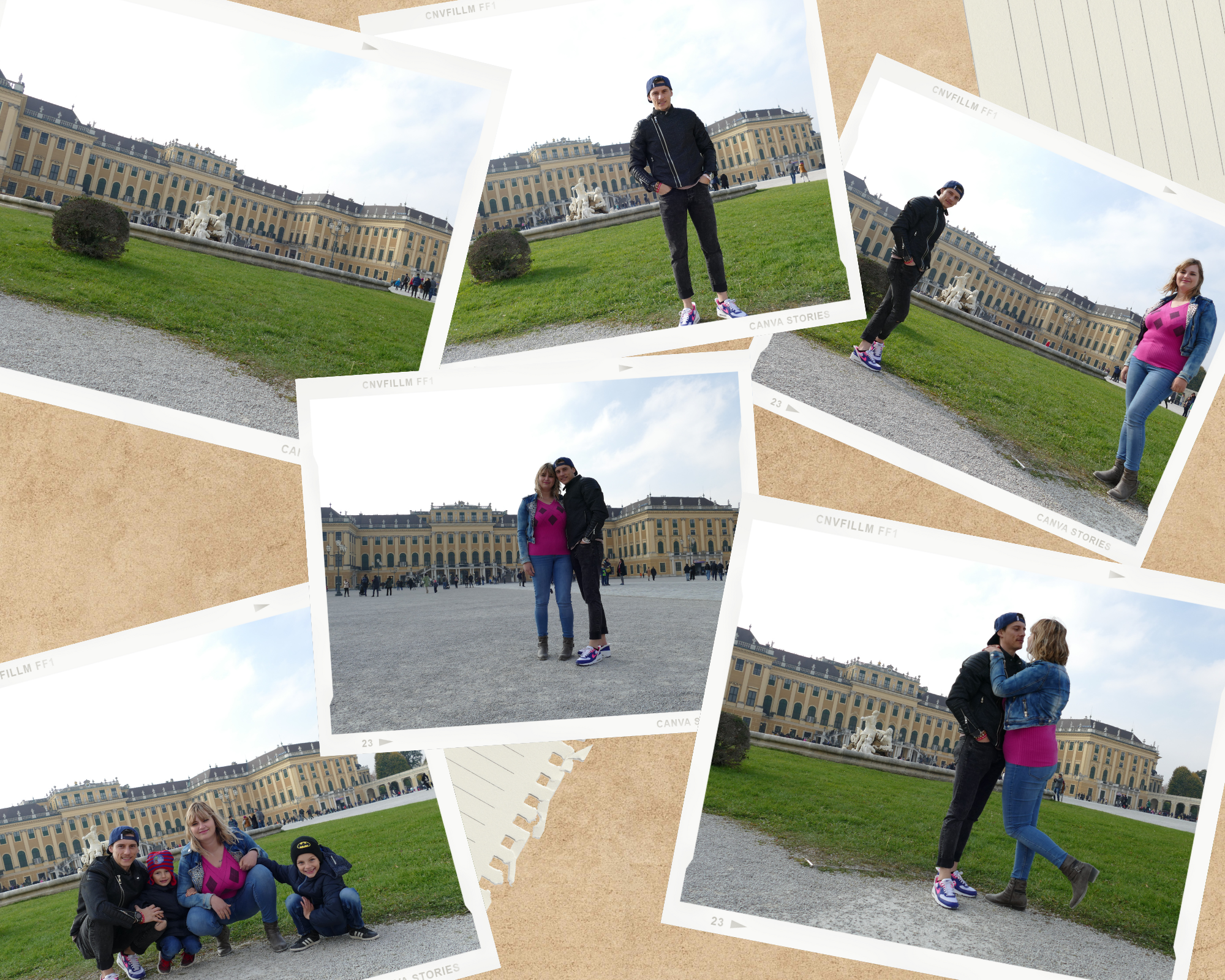
Photo Source : traveldreamdiary.com
Schönbrunn Zoo
The oldest zoo in the world was established by the Habsburgs in 1752 and is located in the Schönbrunn Palace park in the 13th district of Hietzing, Vienna. Since 2020, zoologist Stephan Hering-Hagenbeck has served as the zoo’s director. The zoo has welcomed more than two million visitors annually since 2006. On a 17 hectare space, some 7,800 creatures from 700 species are visible. The zoo was recognized as the greatest European zoo in group A of Anthony Sheridan’s zoo rating, having won the “Best European Zoo Award” six times in a row.
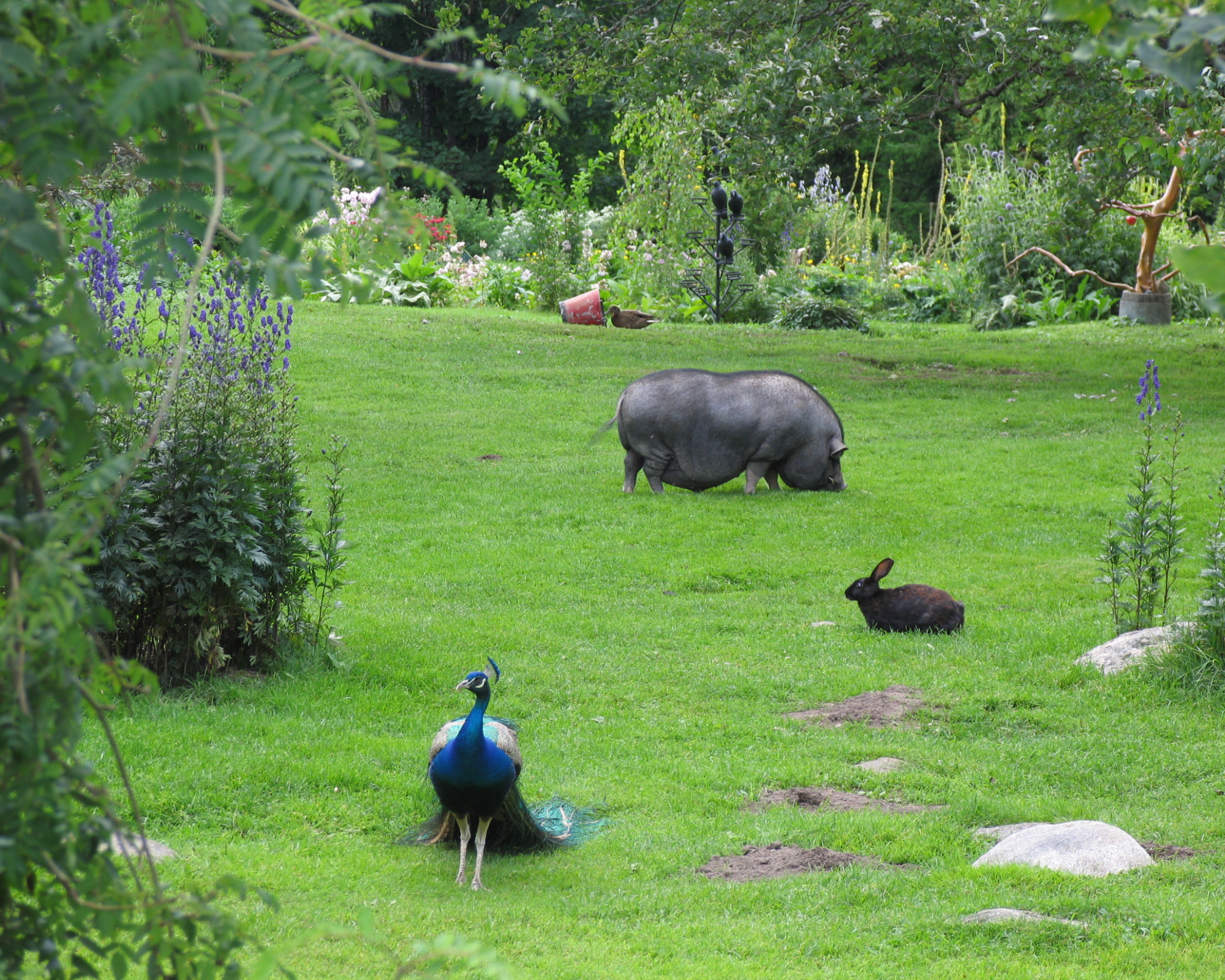
Photo Source : traveldreamdiary.com
Votive Church
We took a car to Votivkirche from here. One of the most significant neo-Gothic holy structures in the world is the Vienna Votive Church, a Roman Catholic church close to the University of Vienna’s main building in the Alsergrund neighborhood. It is situated near to Ringstrasse.After St. Stephen’s Cathedral, the Votive Church is the second-tallest building in Vienna, standing at 99 meters. Its 78 stained glass windows are extremely well-known, and since the restoration in the 1970s, they have also featured contemporary themes. Many Christians in Vienna who do not speak German use the Votive Church, which is a multicultural workshop. Every Sunday at 11.30 am, Holy Mass is celebrated here in a variety of languages.
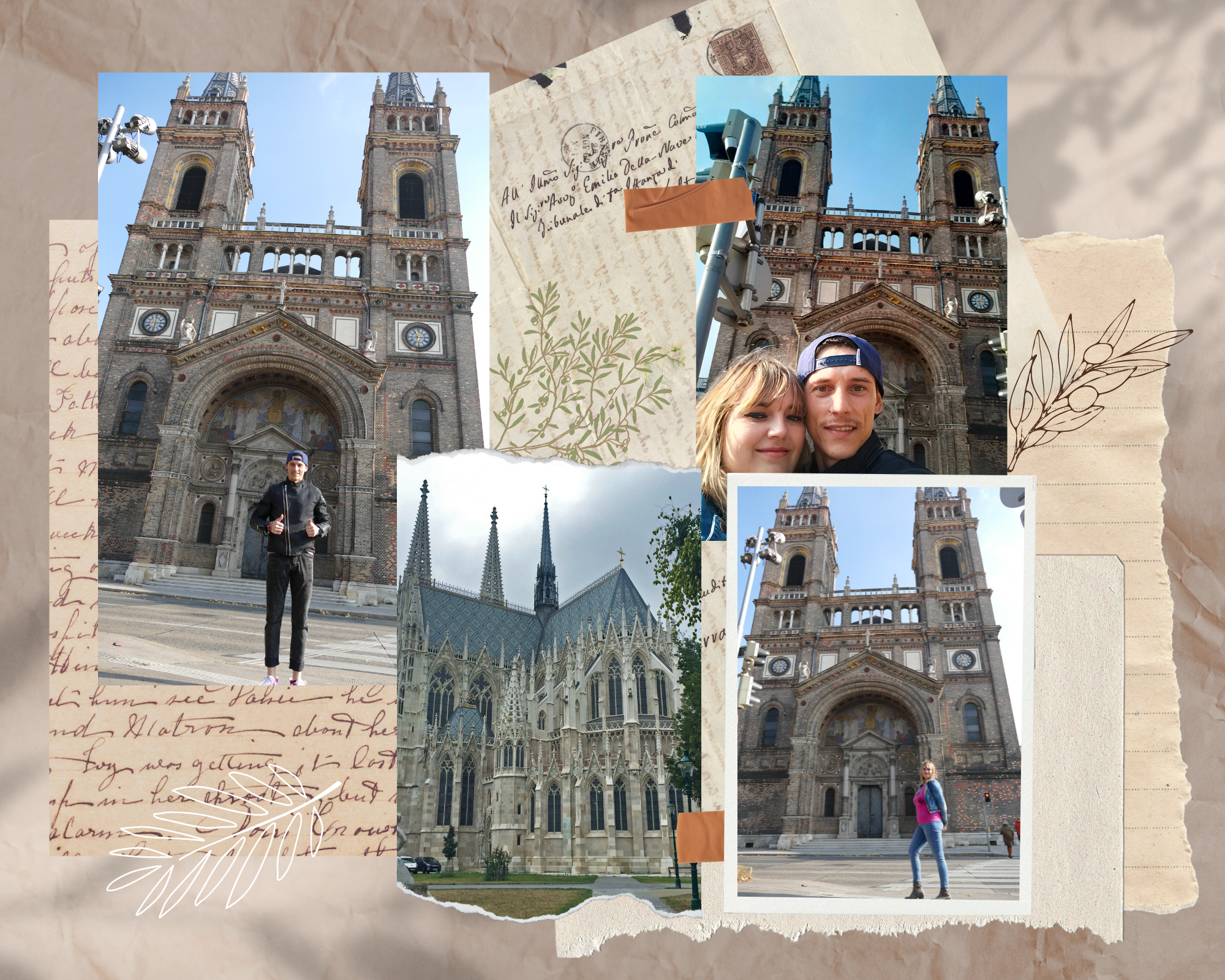
Photo Source : traveldreamdiary.com
Vienna State Opera
Situated in Vienna’s first district, Inner City, lies the Vienna State Opera, also known as the “First House on the Ring” and one of the most renowned opera houses globally. On May 25, 1869, Mozart’s Don Juan gave the first performance. The Vienna Philharmonic, for example, is recruited to join the State Opera Orchestra. As the Concert Association of the Vienna State Opera Chorus, the chorus of the Vienna State Opera presents performances to the public.
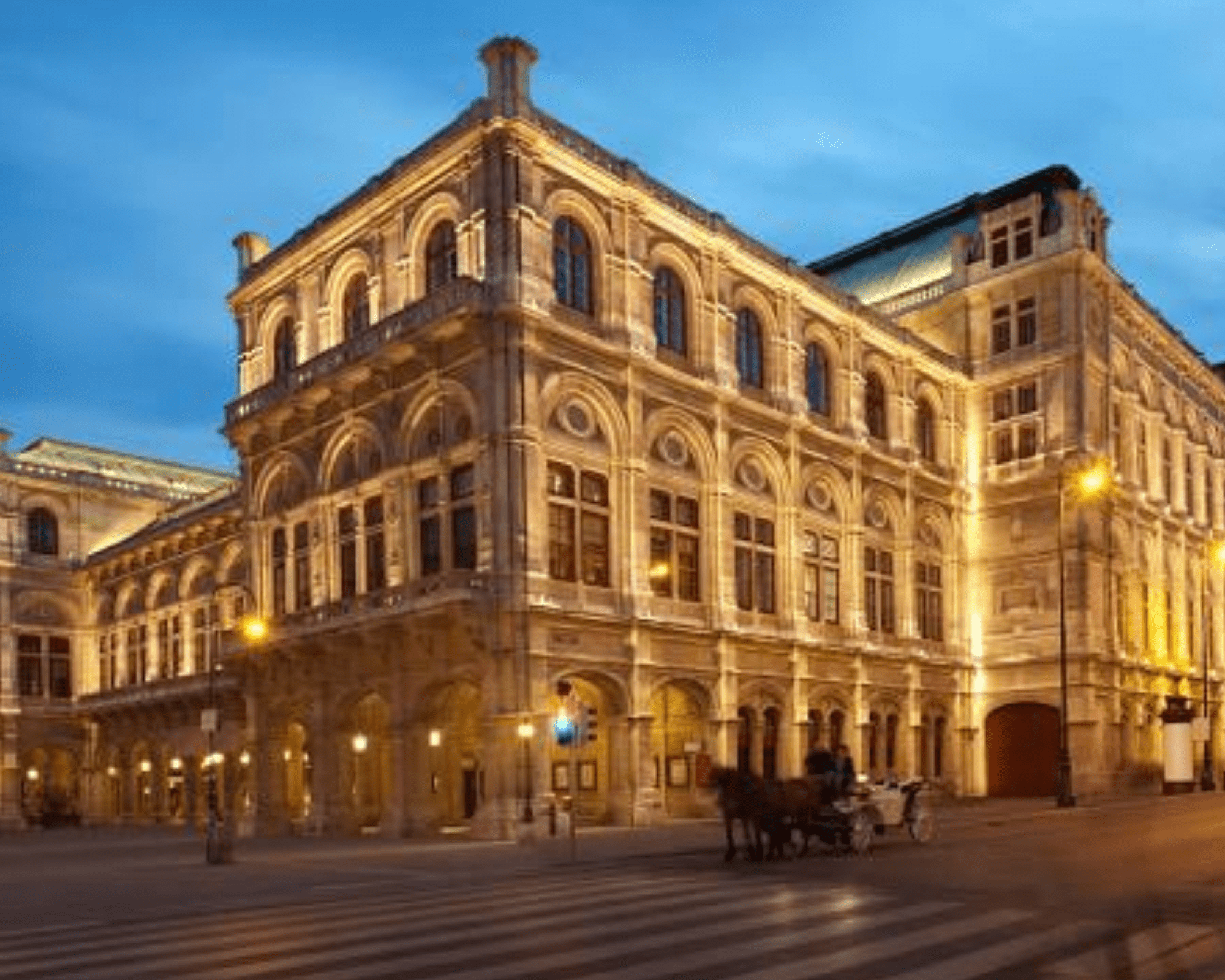
Photo Source : traveldreamdiary.com
MuseumsQuartier
The MuseumsQuartier, or MQ for short, is a new neighborhood in Vienna’s 7th district that is close to the city center. Visual and performing arts, architecture, music, fashion, theater, dance, literature, children’s culture, and new media are all included in the offer. It was the eighth-largest cultural complex in the world when it was finished.Both modern and baroque structures designed by architects Laurids and Manfred Ortner (Ortner & Ortner Baukunst) may be found in the Museumsquartier. In April 1998, work on renovating the old court stables got underway. The Museumsquartier opened in two phases in June and September of 2001, three years later. The building project cost 150 million euros, or two billion Austrian Schilling, in total.
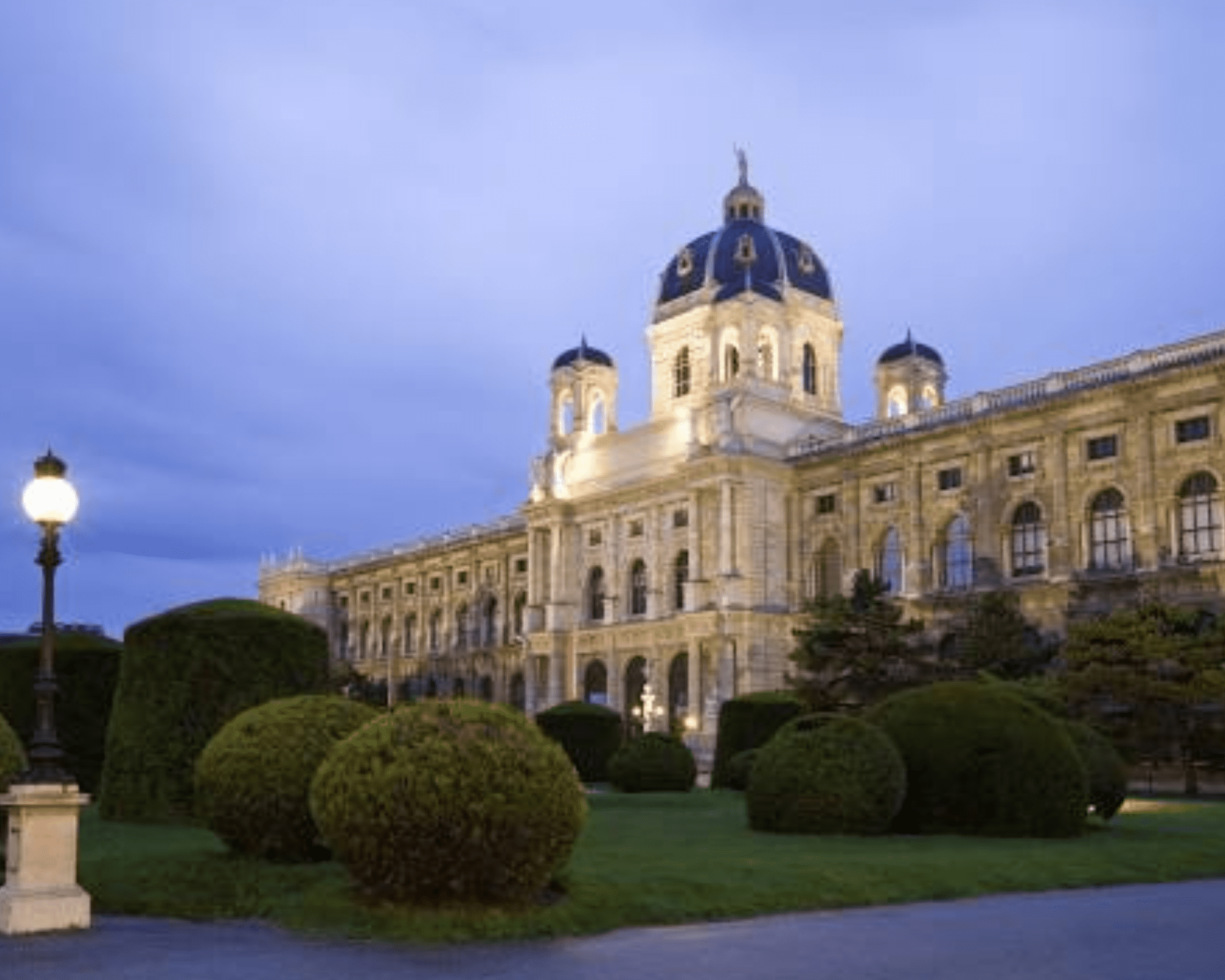
Photo Source : traveldreamdiary.com
Albertina
Located in Vienna’s inner city’s first district lies the Albertina, an art museum. It is home to one of the world’s most significant graphic collections, among other things.With pieces like Klimt’s studies of women and Dürer’s “Hare,” the Albertina not only possesses the biggest and most priceless graphic collections in the world. Modern masterpieces from Monet to Picasso and Baselitz are on display in its most recent show collection. On one of Vienna’s last surviving castle walls, the Albertina, the largest Habsburg residential palace, occupies the southern extremity of the Imperial Palace.
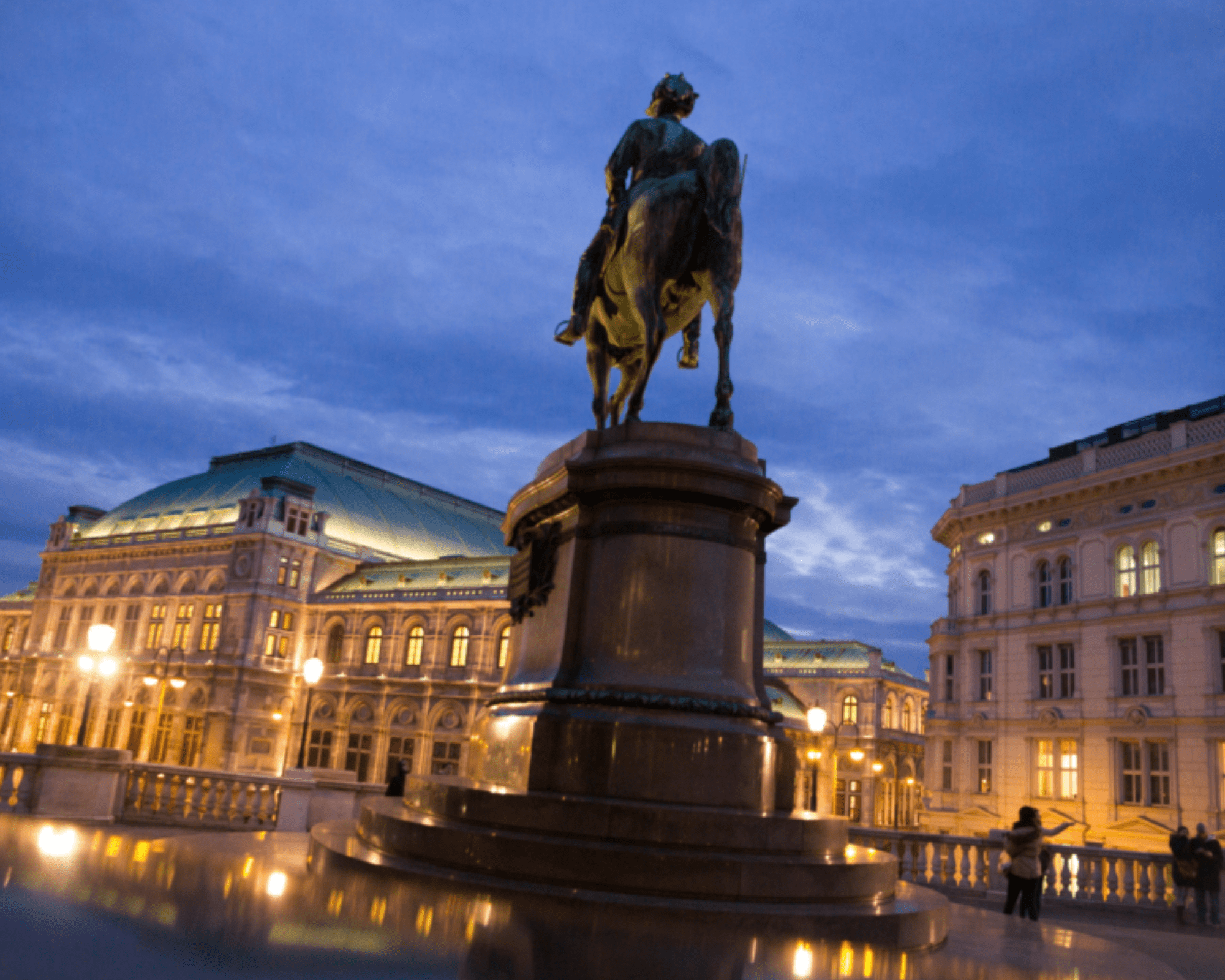
Photo Source : traveldreamdiary.com
Maria Theresien Platz
In Vienna’s first district, Maria Theresien Platz is situated on the Ringstrasse across from Heldenplatz and the Hofburg. The two main historical museum buildings in the city, Kunsthistorisches Museum and Naturhistorisches Museum, which were formerly court museums, encircle it.The broad square is a focal feature of downtown Vienna’s Museum Quarter, surrounded by the majestic facades of the Natural History and Art History Museums. The majestic monument to the Austrian Empress Maria Theresa, who not only gave the square its name but also the monument its name, dominates the 1980s-planned square.
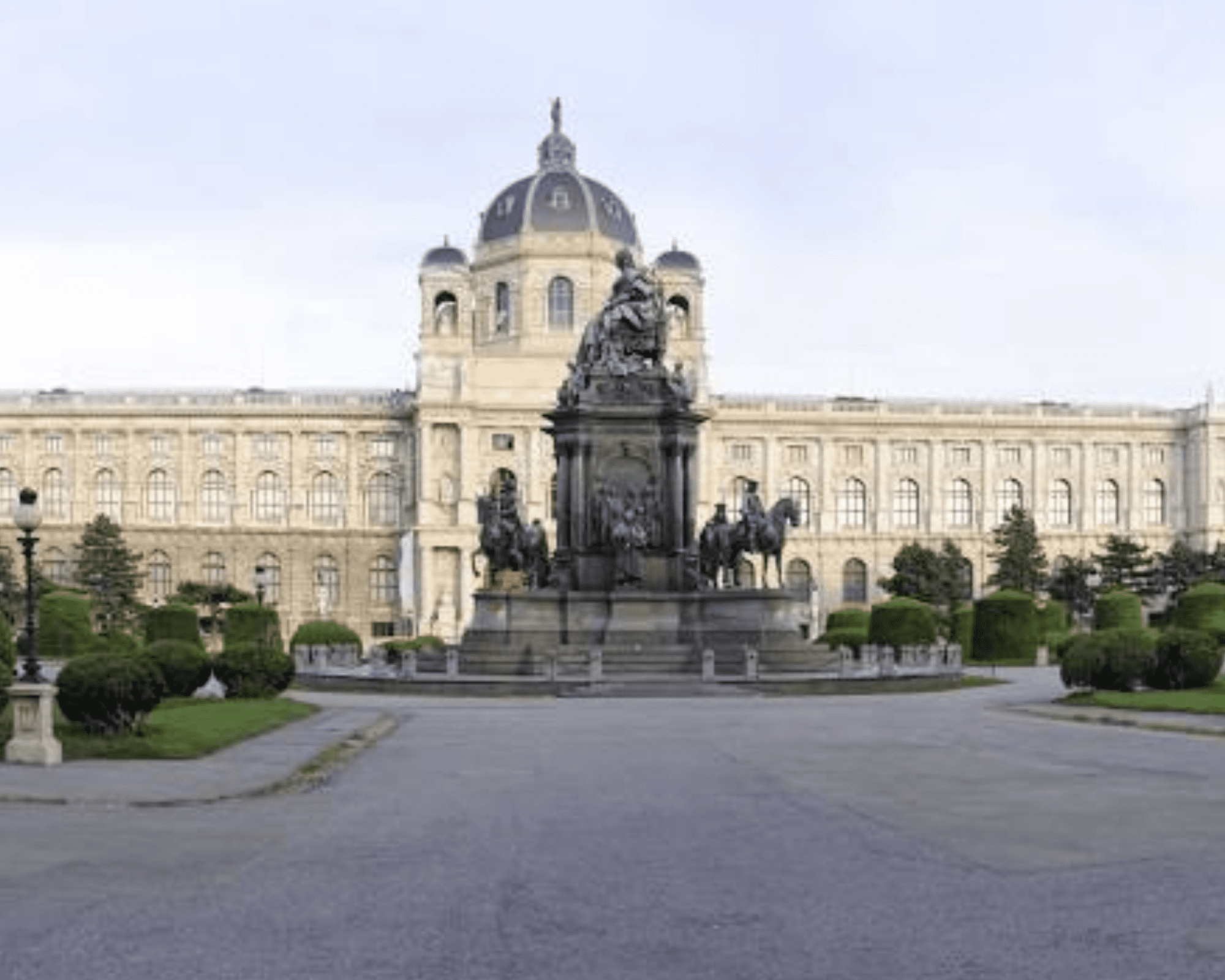
Photo Source : traveldreamdiary.com
Natural History Museum
The Natural History Museum in Vienna is one of the biggest museums in Austria and one of the most significant natural history museums worldwide, housing around 30 million pieces in its collection. Emperor Franz Joseph I commissioned the k.k. natural history court museum, which contains the extensive imperial collections of the k.k. Hof-Naturalenkabinette, based on the designs of Gottfried Semper and Karl Freiherr von Hasenauer.
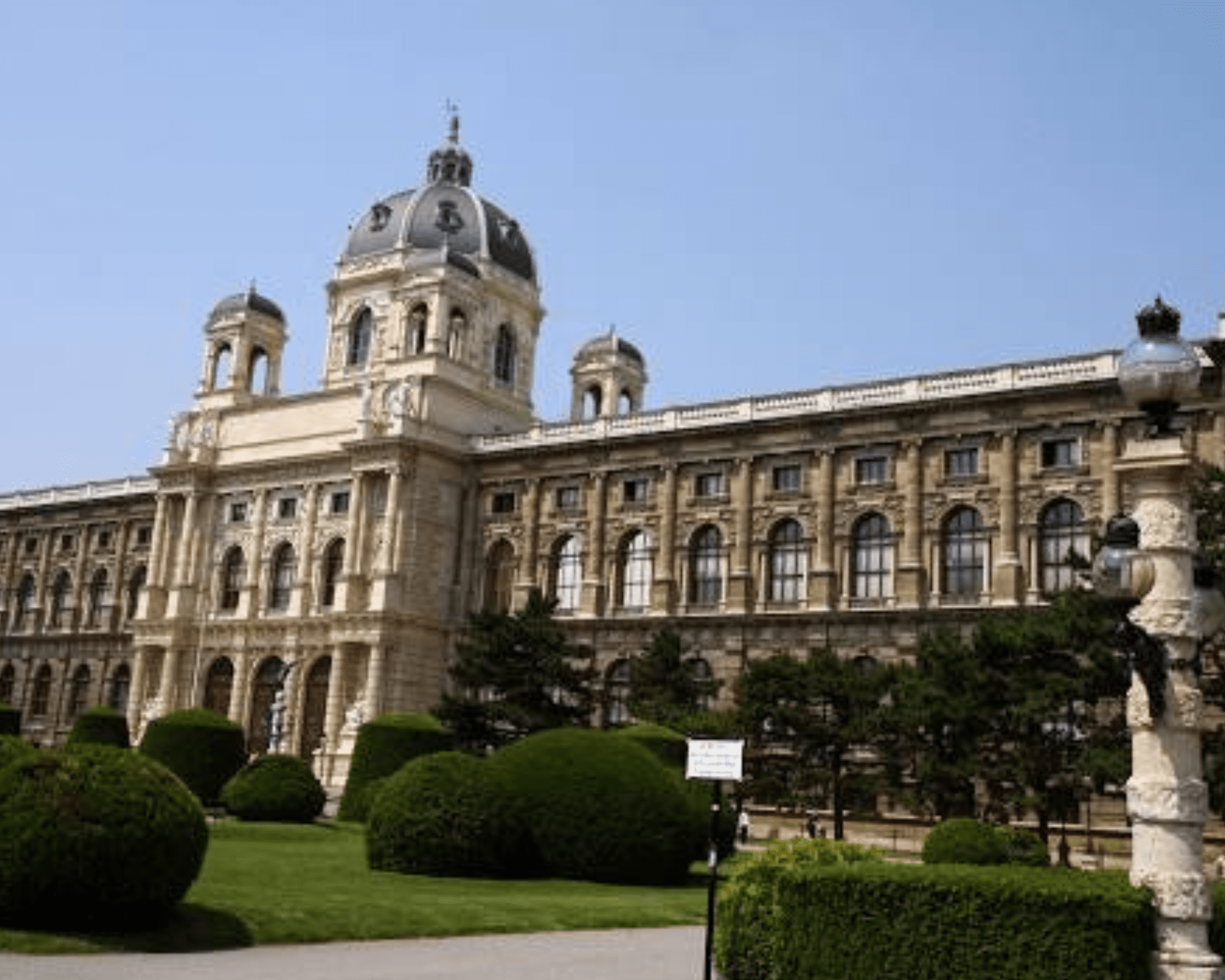
Photo Source : traveldreamdiary.com
Hundertwasserhaus
Situated in Vienna’s third district, Landstrasse, the Hundertwasserhaus is a residential complex constructed by the municipality between 1983 and 1985. Kegelgasse 34-38 and Löwengasse 41-43 are the corners of the complex.Every resident of the Hundertwasserhaus is also free to customize the facade surrounding the windows to their personal preference. The Hundertwasserhaus is a verdant haven in the heart of the city, with over 200 trees and plants growing on the roof terraces and balconies. The only way to see the Hundertwasserhaus is from the outside.
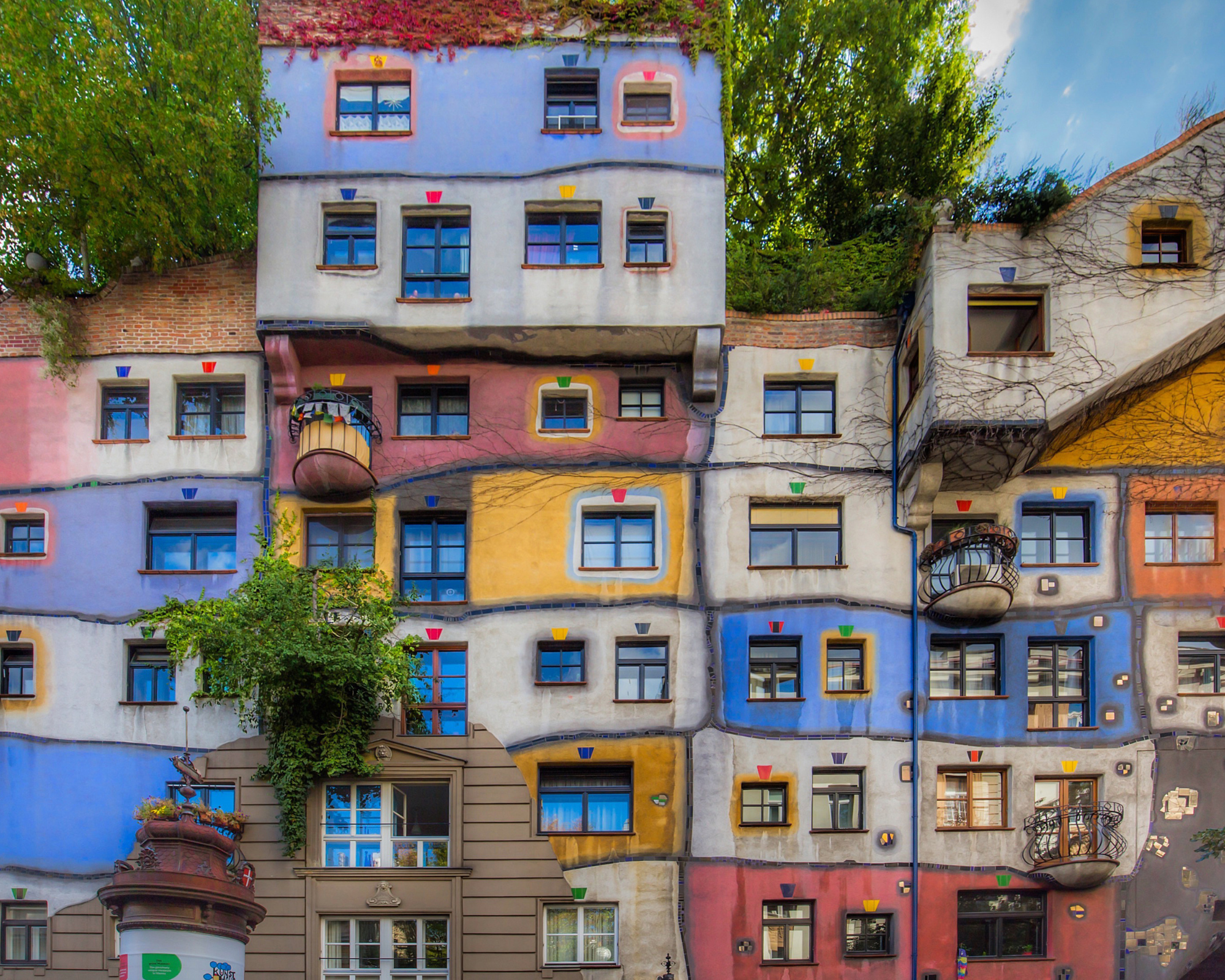
Photo Source : traveldreamdiary.com
Prater
The Prater was our final destination in Vienna. The Vienna Prater is a huge, roughly 6 km2 public space located in Leopoldstadt, Vienna’s second district. It was initially formed primarily by floodplains that were influenced by the Danube.With its tumultuous roller coasters, eerie ghost trains, and a variety of attractions for both young and old, it is rare to find a location that so thrillingly engages all the senses anywhere else in the world. Regardless of whether it’s an enjoyable family outing or a supper with friends followed by a tour of the heart-pounding attractions. Here, the hours pass quickly. The Prater principle is to enjoy yourself and have fun!
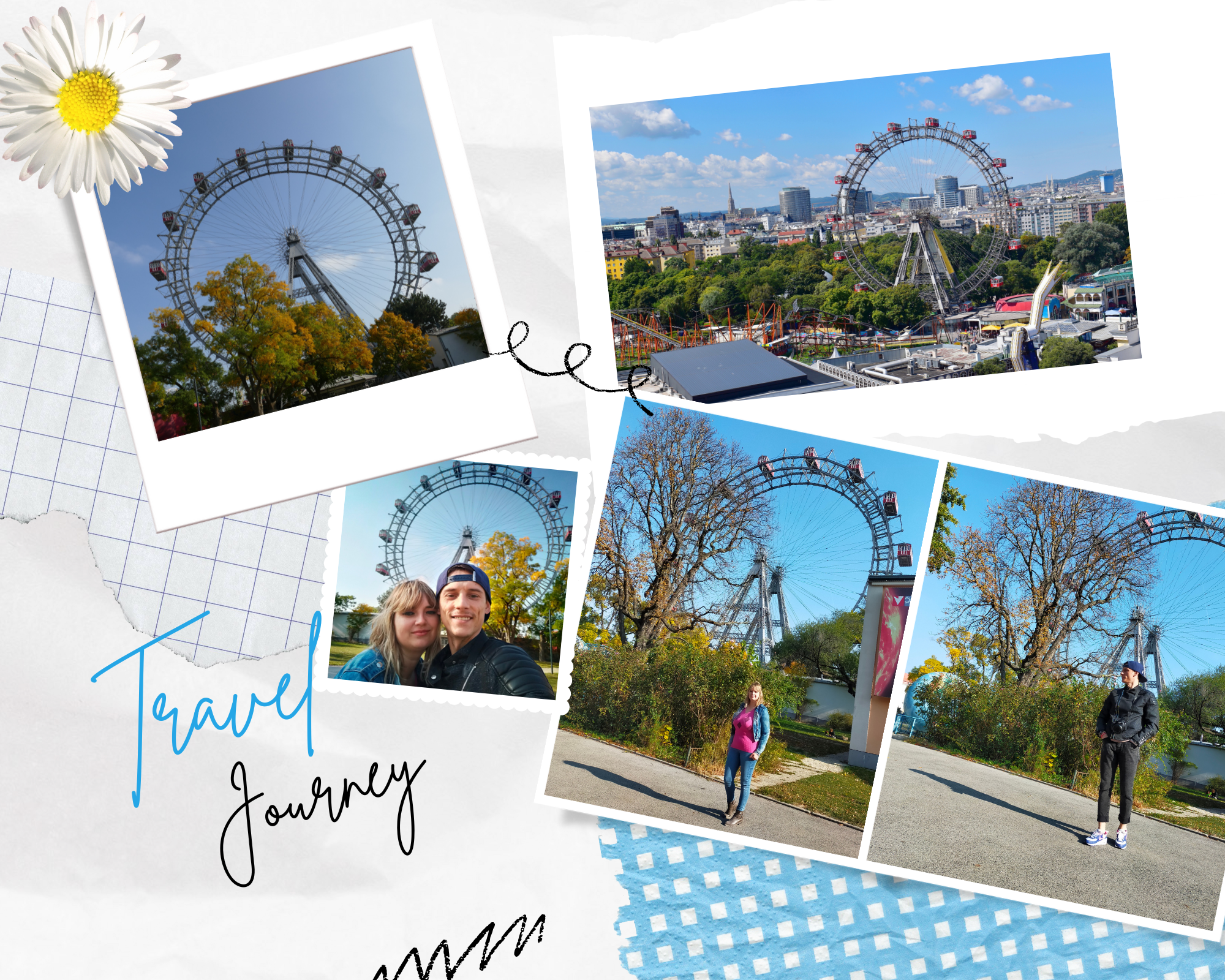
Photo Source : traveldreamdiary.com
These were Vienna’s wonders that we witnessed. There were still a handful to see, but we ran out of time and were unable to get to them. The following are: Parliament, City Park, Maria-Theresien-Platz, Burggarten, Army History Museum, Vienna State Opera, Kunsthistorisches Museum Wien, Albertina, MuseumsQuartier, Hundertwasserhaus, Natural History Museum Vienna, and Café Gloriette.Perhaps you will get the opportunity to visit them and email us some photos. I hope you enjoyed reading about our vacation to Bratislava in 2021, including the accommodations, activities, and tours we did. We took a 3 km detour off the highway to see Melk Abbey on our way home. It was an amazing encounter. Take advantage of the chance to visit it if you can! You’ll be pleased that you
Melk
You may have the ideal vacation in Melk. Just beyond the city gates is the Wachau World Heritage Site. Above it stands the renowned Benedictine monastery of Melk, and in the center of the city is the joy of life that the locals like sharing with their visitors. Enjoy your vacation in Melk, make use of the many recreational opportunities available, and discover a renewed enthusiasm for life.
Melk Abbey is a Benedictine abbey situated on a rocky outcrop overlooking the Danube river, adjacent to the Wachau valley, above the town of Melk in Lower Austria, Austria. Saint Coloman of Stockerau’s tomb and the bones of many members of the House of Babenberg, Austria’s first governing dynasty, are housed at the monastery.
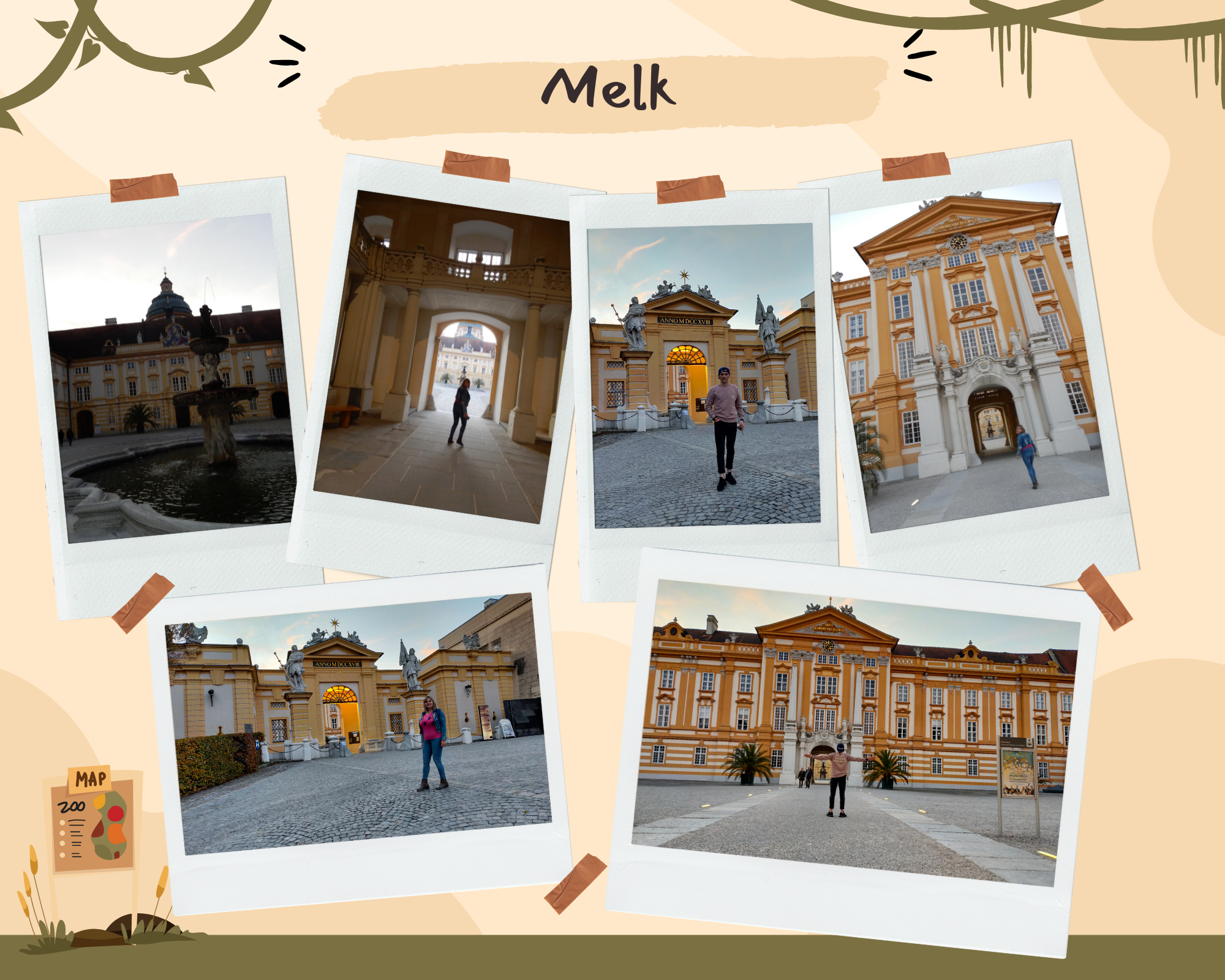
Photo Source : traveldreamdiary.com
Book your perfect vacation!
Vacations: We are happy that we have the opportunity to work with the most famous companies in the world, we always order our vacations from these companies and we have never been disappointed: Check 24, Trivago, Trafalgar, TravelUp, Insight Vacations, Explorer Fernreisen.
Where to stay
Hotels, bed & breakfasts, and guesthouses, regardless of location—in the center of town, close to a lake, or amid natural surroundings. We were able to identify the top companies providing the best hotels: Booking.com, Trip.com, TravelUp, esky, Hoteltopia, Millennium Hotels and Explorer Fernreisen.
We had traveled to Bratislava the day before, and we were thrilled to have seen everything on our itinerary in a comparatively short amount of time. We departed Bratislava at approximately 5:00 PM, and an hour later, we arrived at Hotel Caroline, where we were staying in Vienna. The breakfast was excellent and the hotel was quite pleasant.
Photo Source : traveldreamdiary
Where to eat
Traditional dishes to try in Austria
Wiener Schnitzel, classic Tiroler Speck bacon, and Knödel: a flavorful dumpling made from boiled beef or veal and vegetables Wiener Wurstel, or Sausages from Vienna
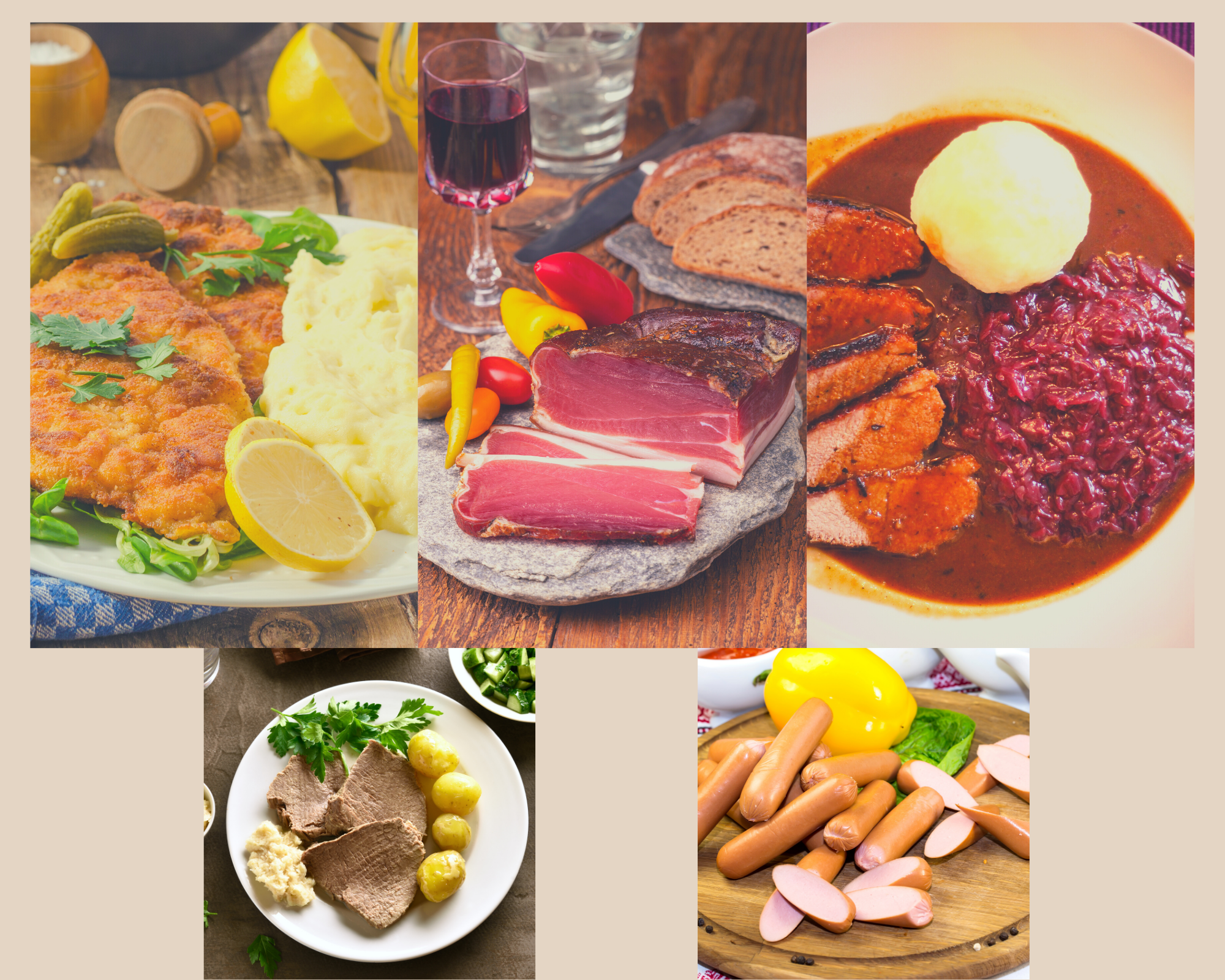
Photo Source : traveldreamdiary.com
Traditional dishes like zelzelrostbraten are offered in the majority of German and Austrian eateries in Vienna and Bavaria, respectively. Wiener saftgulasch is an Austrian stew made with diced lean beef and a rich, savory gravy. It’s considered the country’s response to goulash prepared in the Hungarian way. One simple dish that is representative of traditional Burgenland cuisine is Kürbis suppe, or pumpkin soup.
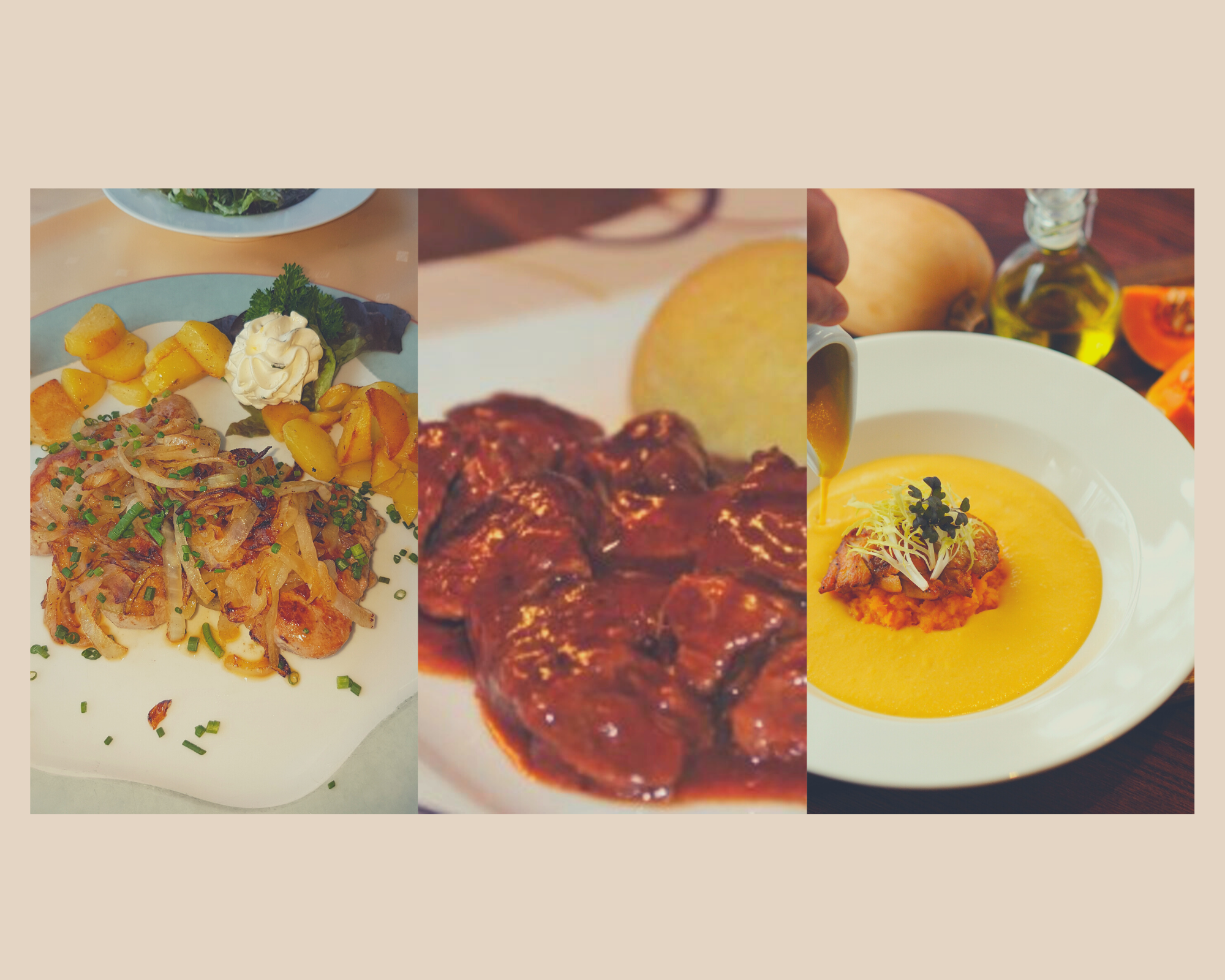
Photo Source : traveldreamdiary.com
Faschierte laibchen, or ground meat patty, is a common Austrian specialty that is created with a mixture of ground meat (usually a mix of both beef and ground pork), eggs, soaked bread in milk, fried onions, fried garlic, spices, and seasonings. A typical meal from Tirol, an Austrian region well-known for its hiking and skiing routes, is called Tiroler gröstl. Like most Alpine cuisines, gröstl is made primarily of fried potatoes, onions, and bacon and is simple yet flavorful. The meal is typically served with a fried egg on top. Käsekrainer, a kind of sausage stuffed with tiny pieces of cheese, is a classic gourmet treat from Austria. Typically, pork or a combination of pork, beef, and other spices are used to prepare it.
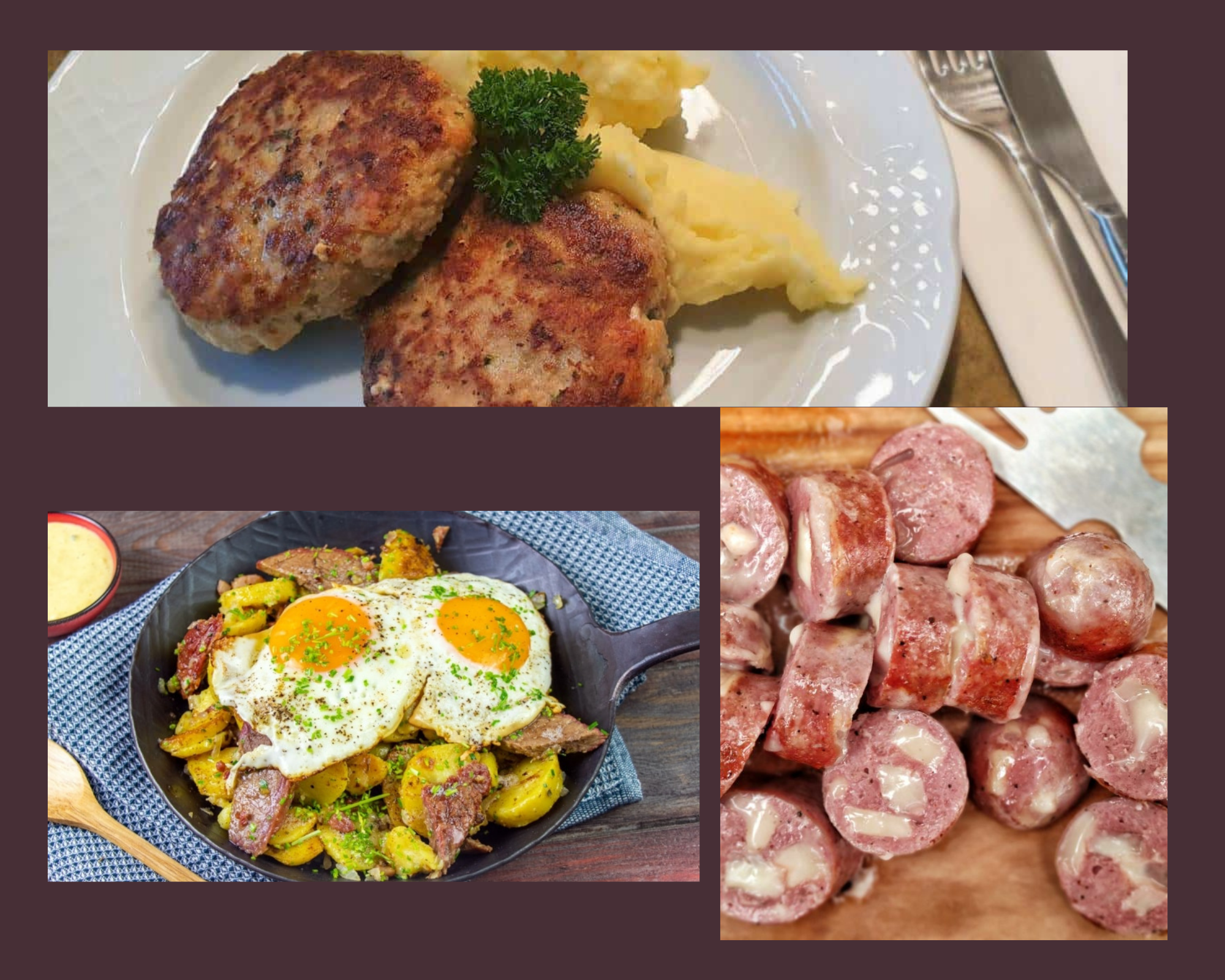
Photo Source : traveldreamdiary.com
Desserts: Apple strudel, plum jam turnovers (Pwidltascherl), and Sachertorte. The delicate pastries are fashioned with a unique potato dough and filled with a mixture of plum jam, rum, or plum schnapps. Quark cheese, sometimes known as topfen, is the primary component in topfentorte, an Austrian-style cheesecake. Gluing together two pieces of shortbread cookies that have already baked and sandwiching redcurrant jam in between, Linzer Augen are a miniature version of the Linzer torte. Yeast dumplings, or germknödel, are a well-known dish in Austria.

Photo Source : traveldreamdiary.com
Restaurants
Mamamon, Cafe Ansari, Neni Am Naschmarkt, Restaurant Wiener, Kornat Restaurant, Cuisino Restaurant, Mochi, IMLAUER Sky – Bar & Restaurant, and Blue Mustard are some of the greatest restaurants in Vienna.
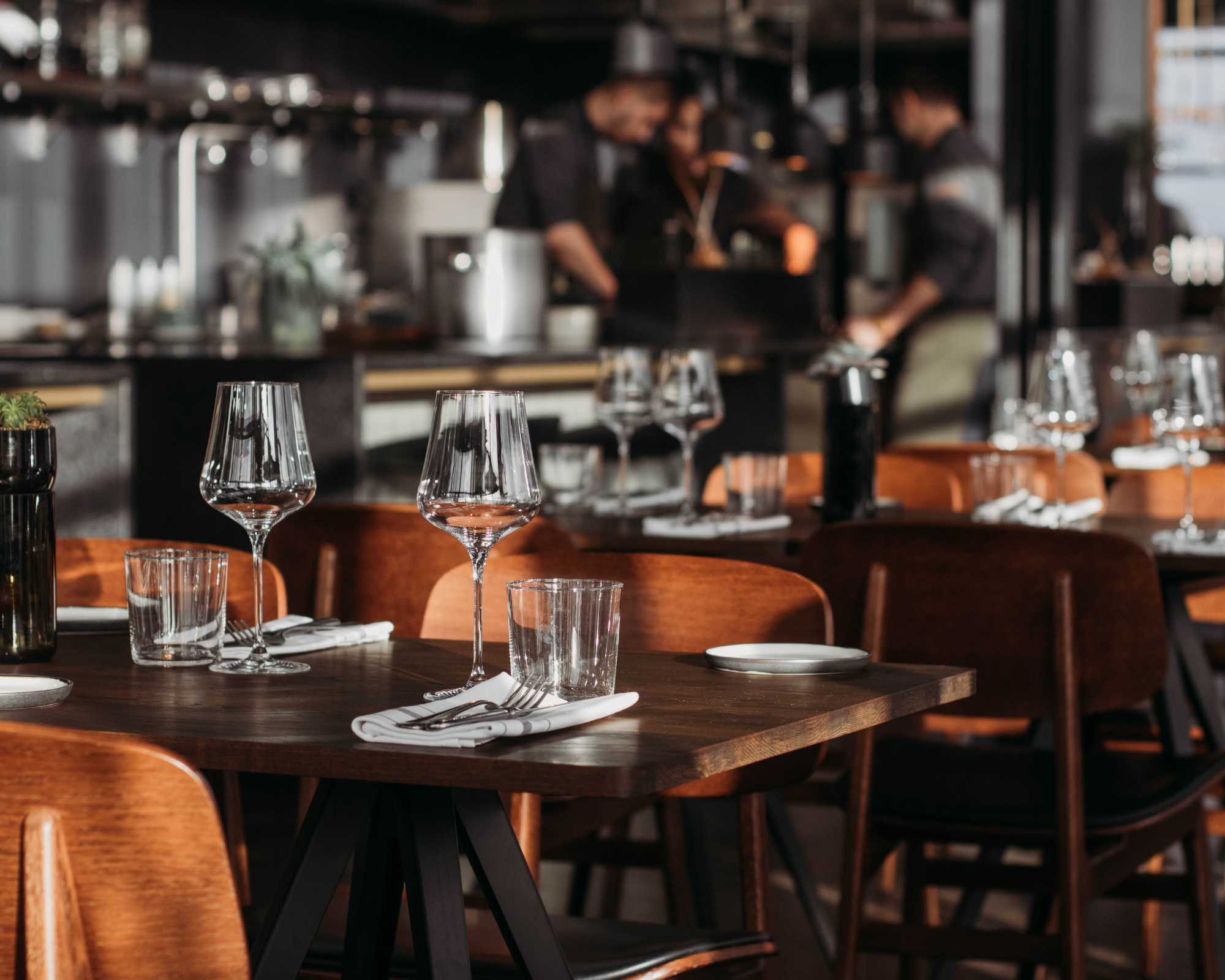
Photo Source : OanaAlexandra on canva.com
Saving Tips
You may save a tonne of money by making your hotel and travel reservations in advance. Discover the greatest deals by using our hotel search engine. Many hotels let you pay when you arrive, and most let you cancel up to one day prior to your scheduled arrival.Buying Austrian train tickets in advance can help you save money if you’re only visiting the big cities and don’t need a car.
Many of the city’s museums are open for free during these hours. Purchasing the Vienna Card may prove beneficial if your goal is to see as many of Vienna’s attractions as possible.
Free Highlights & Sights: Best Budget-Friendly Locations in Vienna Schönbrunn Palace Park, Nussberg, Ringstrasse, Vienesse parks, St. Stephen’s Cathedral, Gloriette Live Opera: A large screen just in front of the State Opera hosts live screenings of numerous performances in the months of April, May, June, and September. Museum entrance costs are expensive per person. Invest in a Vienna Pass to cut costs. All of Vienna’s main attractions are free to enter with the Vienna Pass. The Vienna Pass might be right for you if you want to take advantage of the comprehensive touring program and see all the major attractions. Important: A Vienna public transportation ticket is not included with the Vienna Pass.
If you have some extra cash, you can even attempt Big Bus or Hop-on, Hop-off tours. You just need to select the ideal alternative from the many that we are offering!
Book your tours!
Tours: If you do not go by car and need to know more information about the tours, and things to see, we recommend these companies that are offering tours for any kind of activity you want to do and where you can buy trips much cheaper than if you buy them when you arrive at your destination. It is always good to be able to save some money!
Viator, Get Your Guide, Tiqets, City Sightseeing, Sesame, Sightseeing Pass, Contiki, Riviera Travel, CityPass: the best activities in town!
Shopping
Well-known high streets consist of: Mariahilfer Straße, Kärntner Straße, and Nashmarkt Everyone should plan to visit Vienna, a renowned outdoor fruit and vegetable market situated between Kettenbrückengasse and Karlsplatz. The simplest way to characterize Brunnenmarkt, which is situated between Ottakringer Strasse and Thaliastrasse, is as an oriental bazaar. The 125-year-old Viktor-Adler-Markt, which offers a wide range of gastronomic pleasures like fruits and vegetables and hand-picked wines, is a particularly authentic market in Wien Favoriten.

Photo Source : OanaAlexandra on canva.com
Getting Around
Austria boasts a sophisticated public transportation network. Buses and trams are available within cities; the metro is only available in Vienna, the capital.Bus and train connections throughout Austria are excellent. On the other hand, Austrian highways make for an enjoyable road trip if you’d rather drive. But the primary mode of transportation across the nation is the train. The national rail operator in Austria, ÖBB, is in charge of rail transportation. The company runs a large number of domestic and international routes. Other routes inside the nation are provided by Westbahn, a different firm, many of which travel to smaller towns.
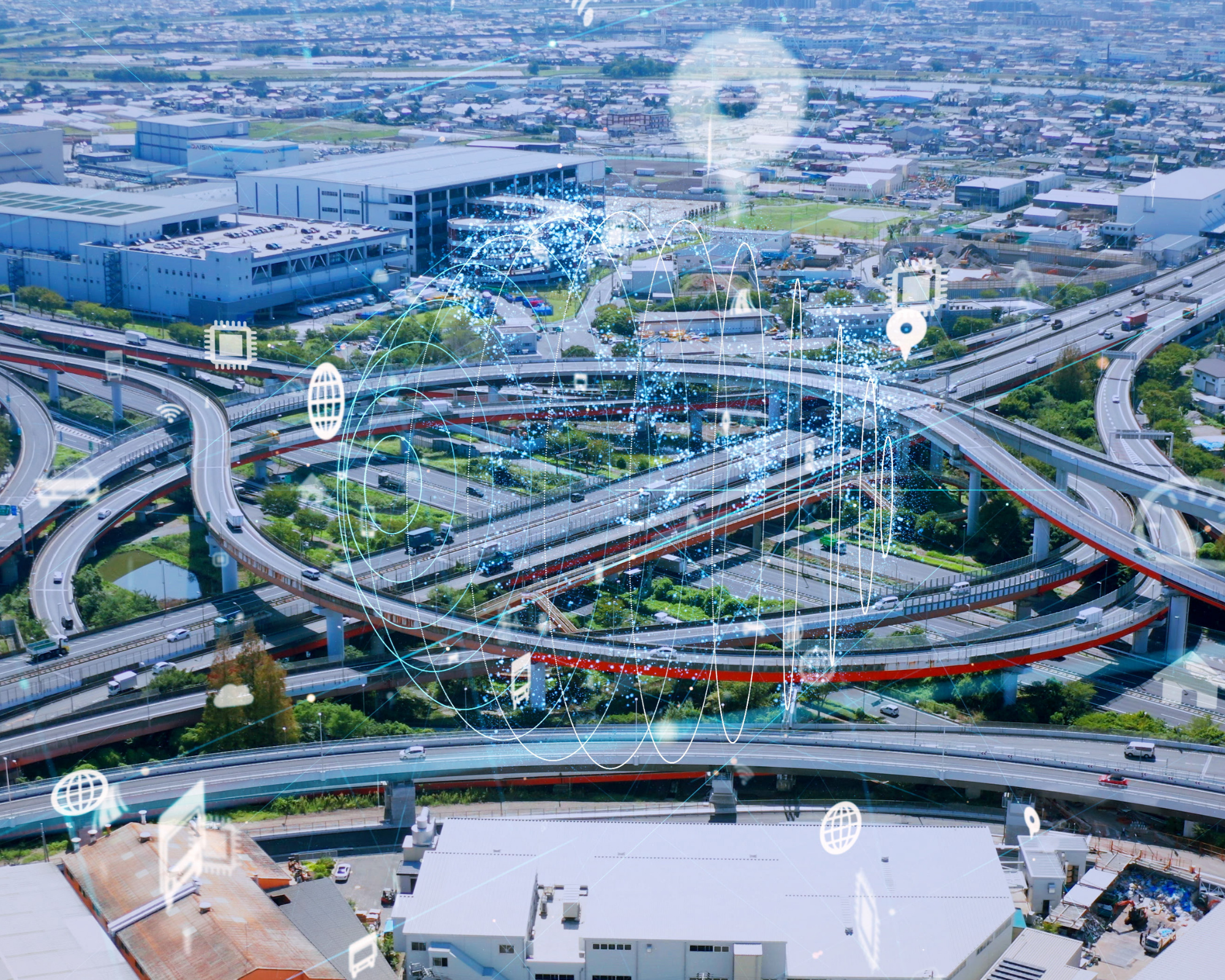
Photo Source : OanaAlexandra on canva.com
Vienna Airport: The quickest way to get to the city center of Vienna is the City Airport Train, which takes around 16 minutes. All of Vienna’s underground train lines are served by the three Vienna Airport Line routes. Vienna main station (Hauptbahnhof) and Vienna West station (Westbahnhof) offer connections to the airport every half an hour.
Book your transport!
Rent a car!
Here you can find the best offers to rent the right car for you, as well as parking right in the airport: esky, Explorer, Centauro and intui.travel.
Getting Here
The two airlines that travel to Austria most frequently from the US are Austrian Airlines and United Airlines. Austria is highly connected on a national and international level because to its three main airports, which are located in Vienna, Salzburg, and Innsbruck. Vienna International is a major hub for several European destinations because of its advantageous location in the heart of Europe. There are information desks in terminals 1 and 3’s departure halls as well as terminal 3’s arrivals hall. You may access flight information online as well. By train, the airport can be reached from Vienna’s city center in less than 30 minutes.
Innsbruck Airport is a bustling transportation hub that services the region’s well-known ski resorts throughout the winter. The largest regional airport in Austria, Salzburg Airport, is conveniently located close to Salzburg’s city center and has good access to public transportation. It is also easily accessible via its own motorway exit. It is the ideal place to begin your journey to the nearby summer and winter vacation destinations.

Photo Source : OanaAlexandra on canva.com
The biggest airports in Austria are those in Vienna, Graz, Linz, Salzburg, and Innsbruck. Airports in Other Countries Nearby: Flying into Munich, Germany, or Zurich, Switzerland, from western Austrian regions like Tirol, Salzburg, and Vorarlberg, are excellent options. Slovakia’s Bratislava Airport is located 50 kilometers (or 30 miles) east of Vienna in eastern Austria.
south Austria – Airport in Slovenia, Ljubljana. Airlines Visiting Austria The largest airline in Austria, Austrian Airlines serves about 130 destinations across a global route network. Air France, Ryanair, Swiss, EasyJet, EasyJet, EasyJet, EasyJet, Aer Lingus, Austria, and TUI Airways.
Book tour Flights!
If you have not found your desired flight, or you simply want more flight options to find the best and cheapest, we will help you with the best flight plans, where you will definitely find what you are looking for. With just one click you will find the cheapest flights to a wonderful destination!
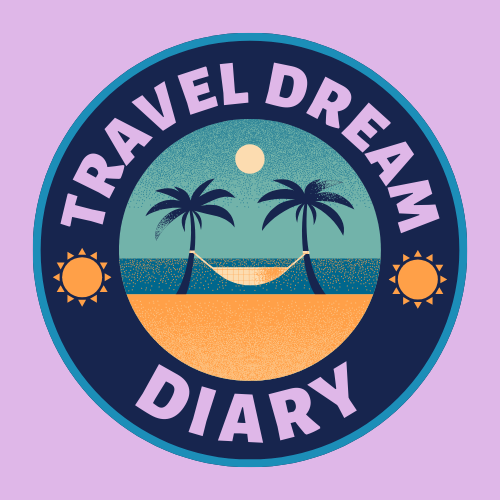

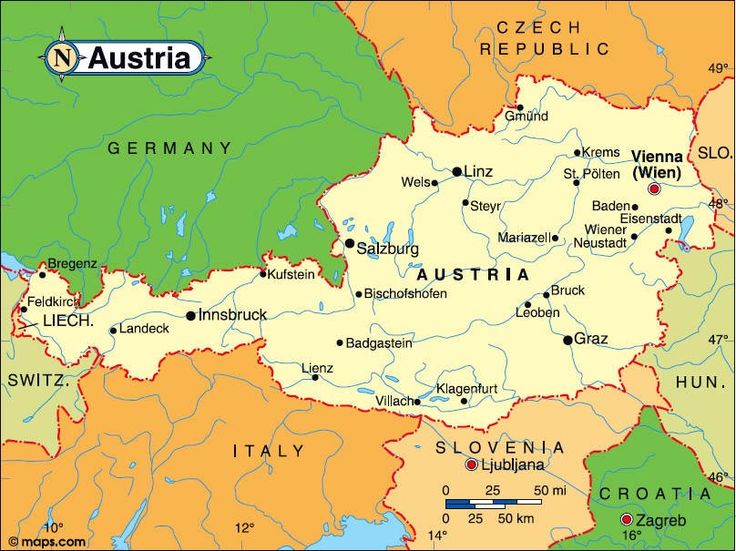




















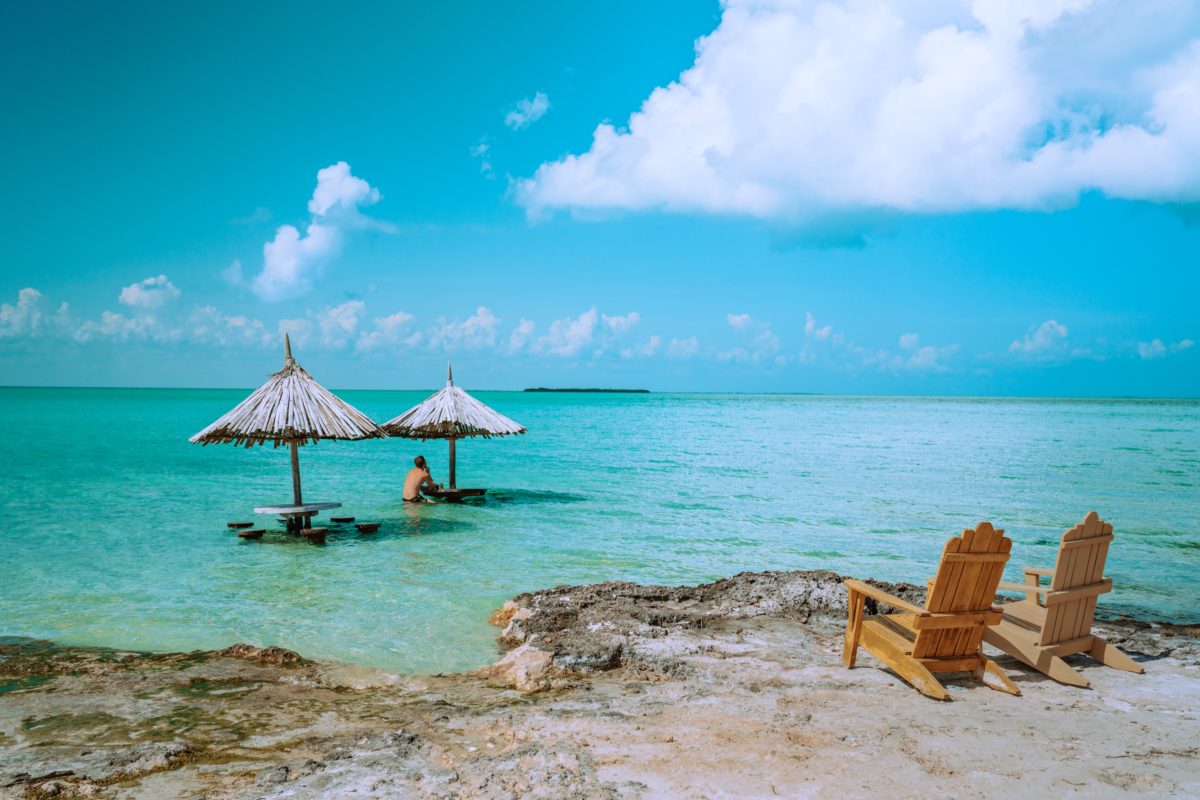
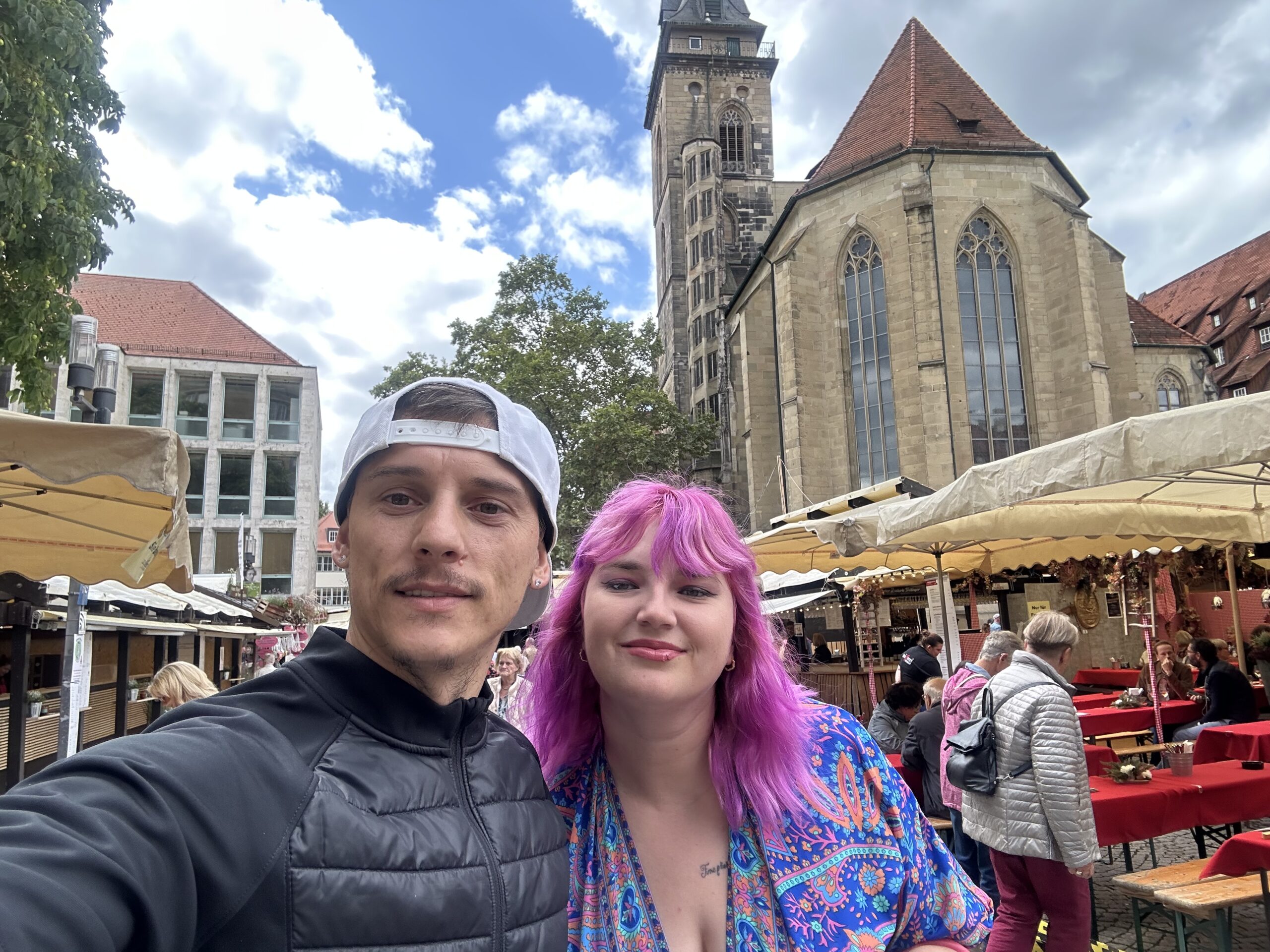
Hello there, just became aware of your blog through Google, and found that it’s truly informative. I am going to watch out for brussels. I?ll be grateful if you continue this in future. Many people will be benefited from your writing. Cheers!
It?s really a great and useful piece of information. I?m glad that you shared this helpful info with us. Please keep us informed like this. Thanks for sharing.